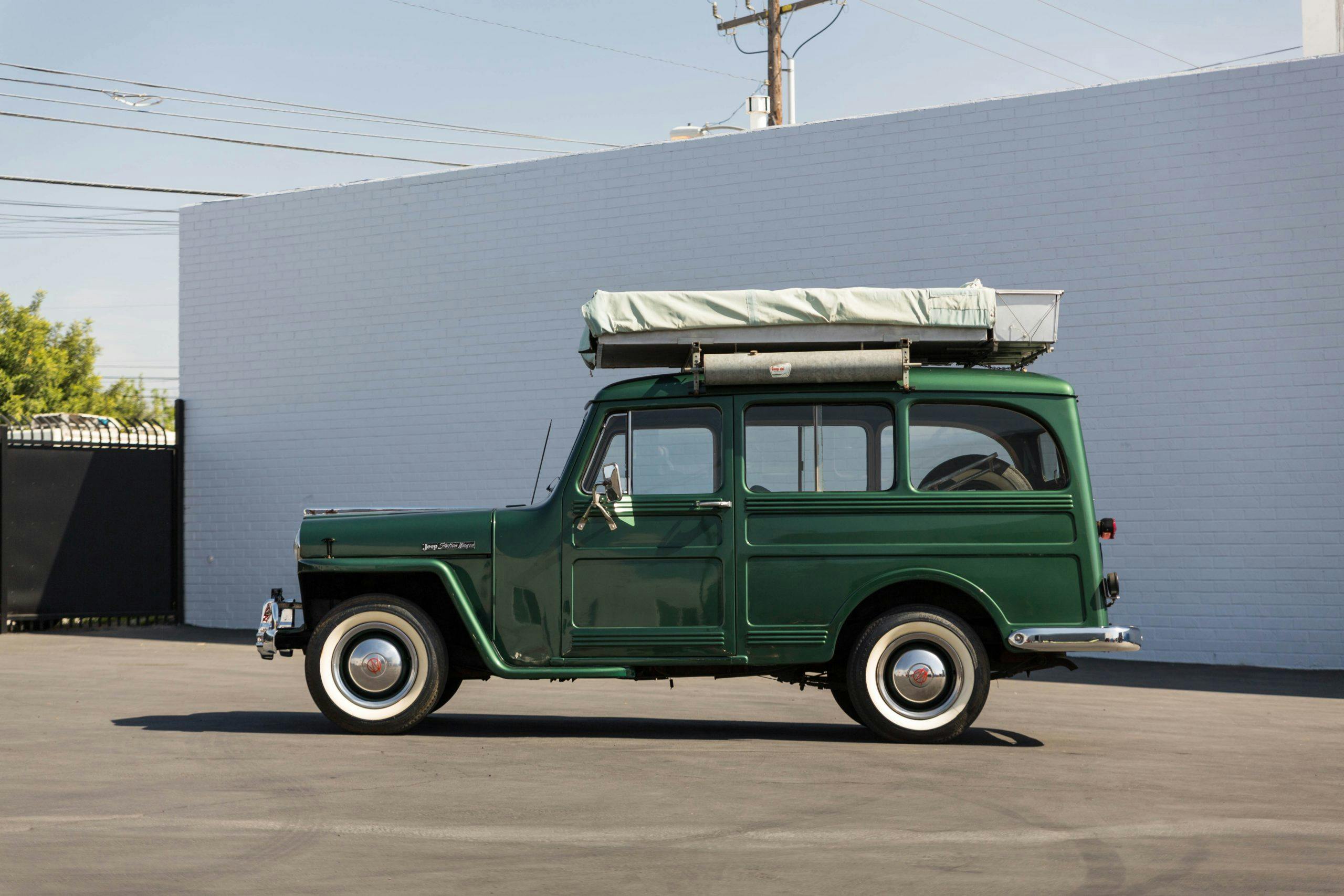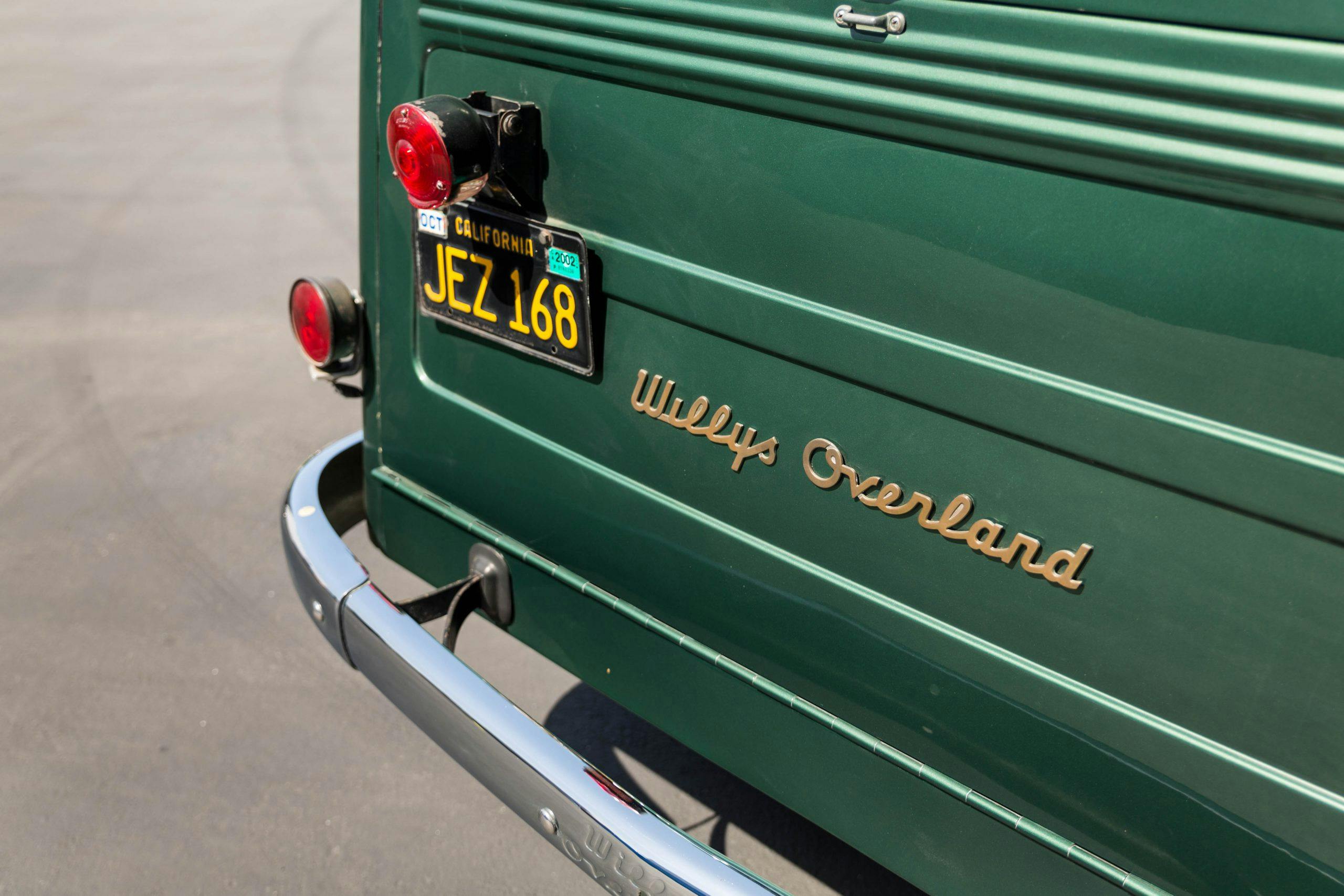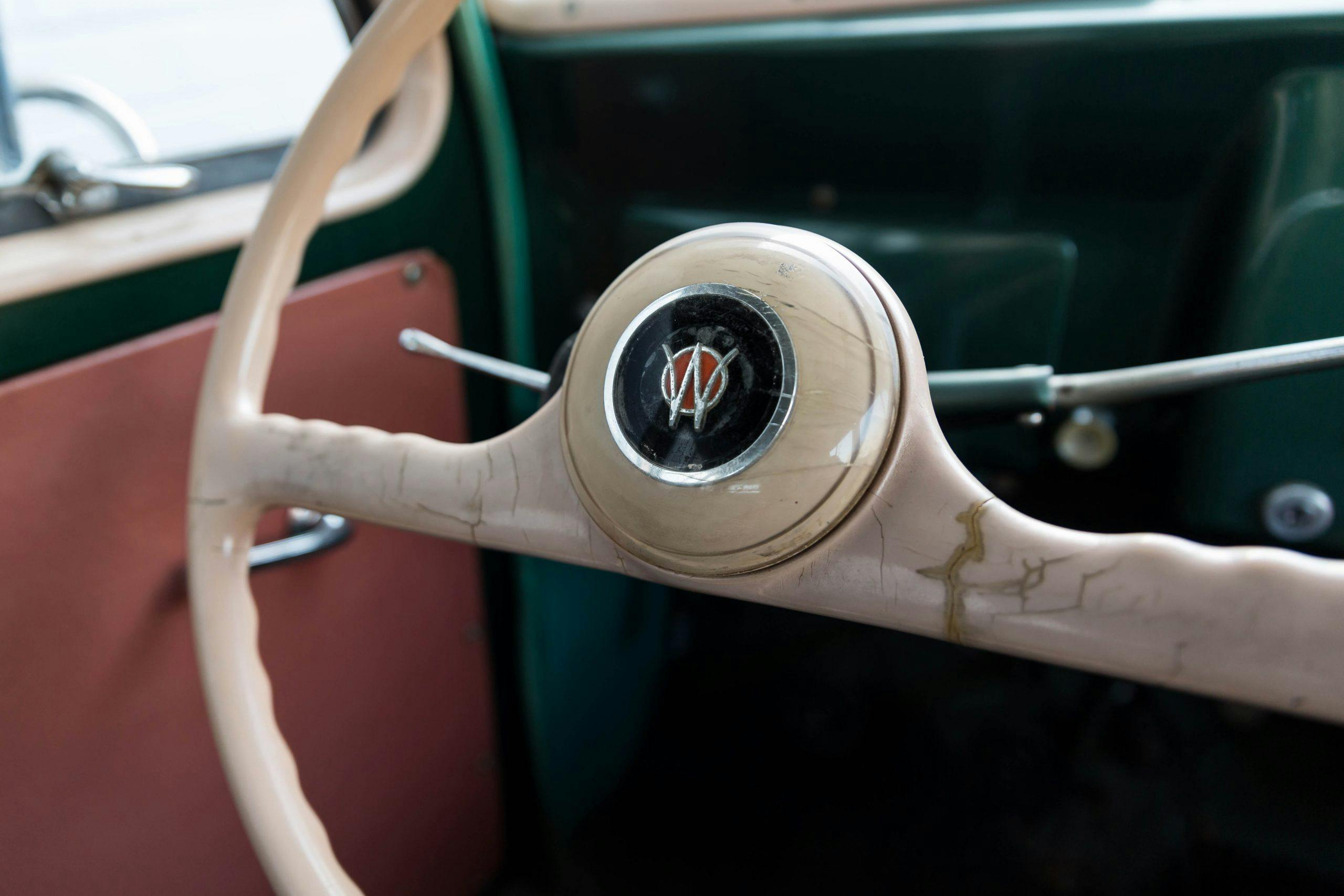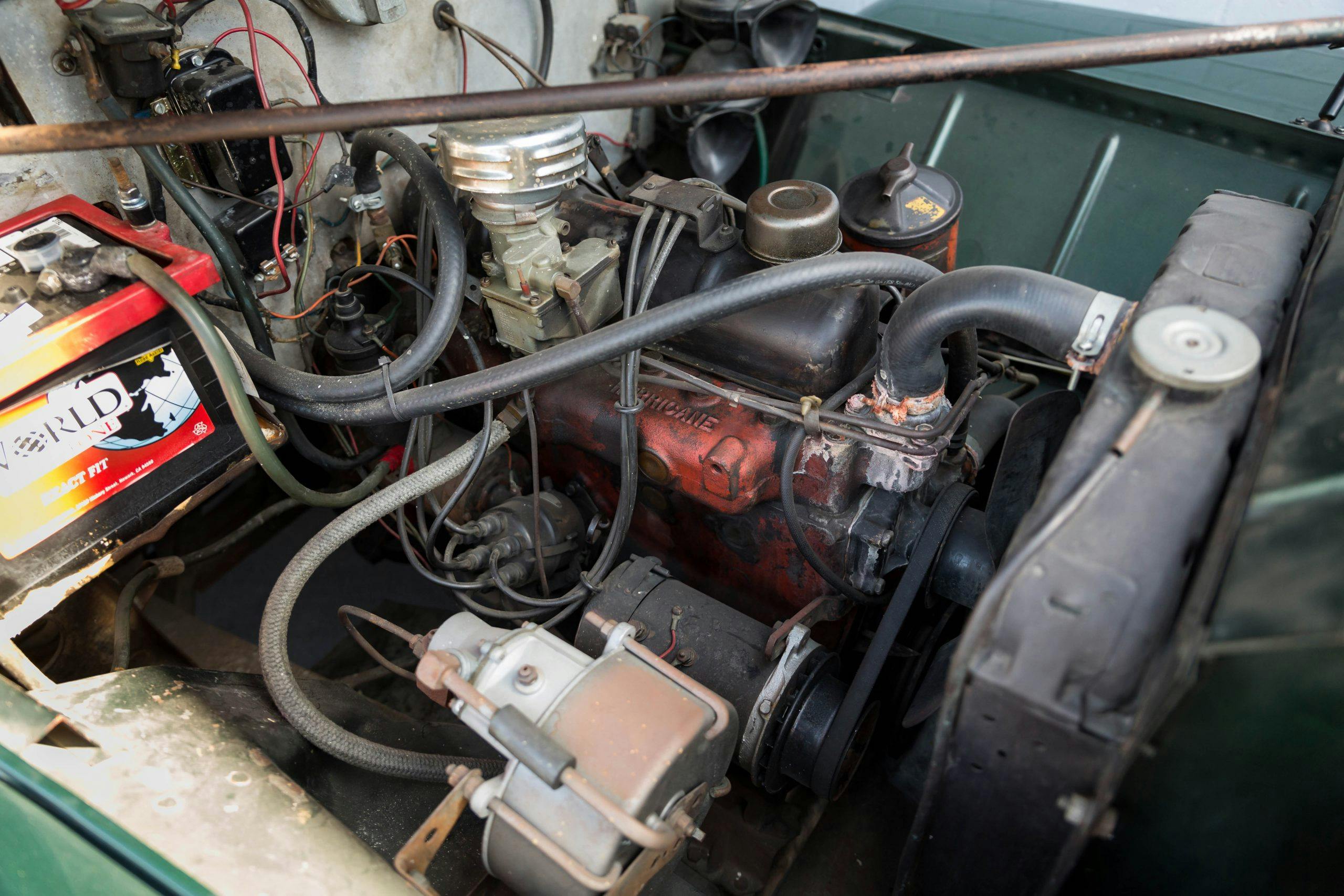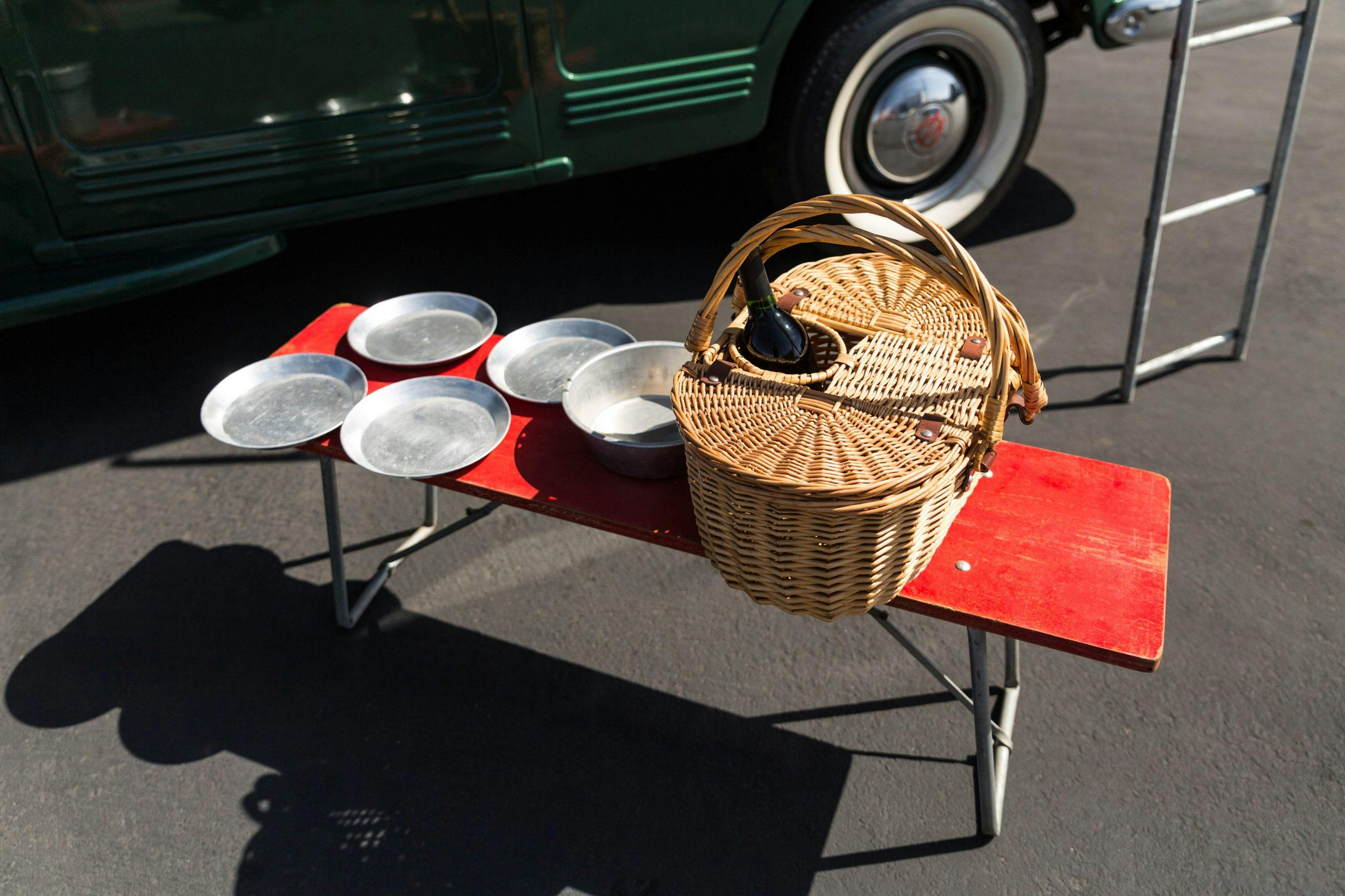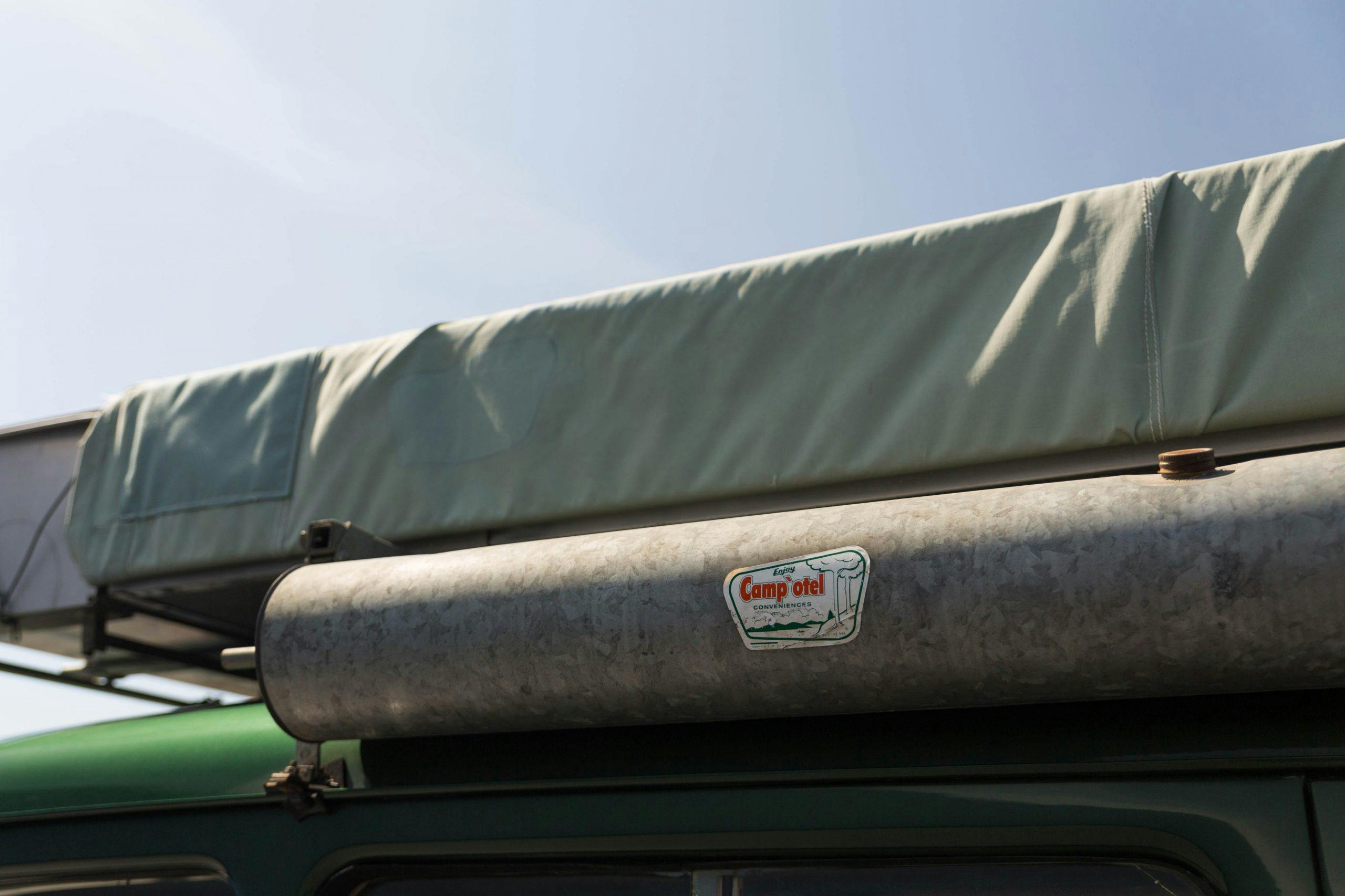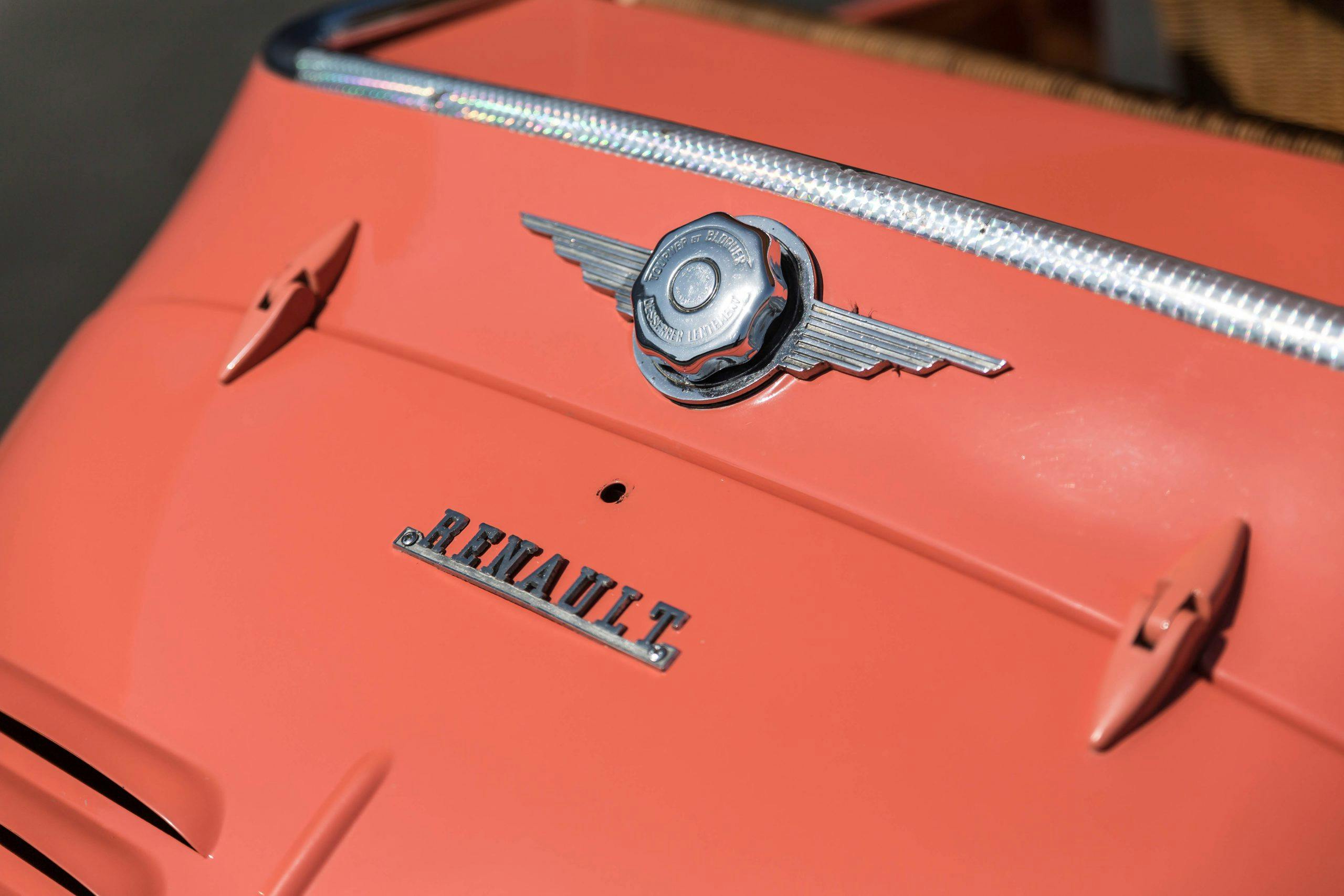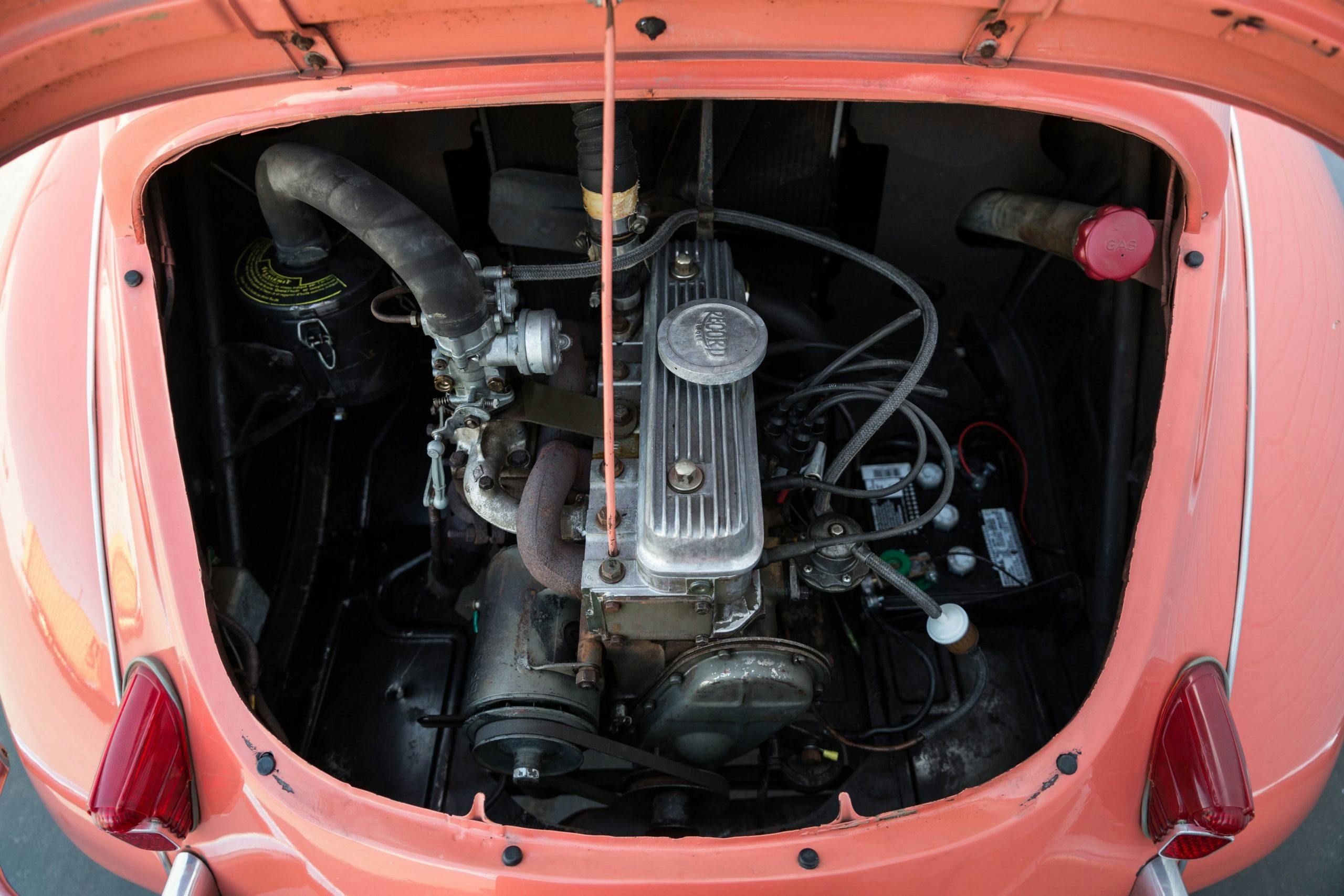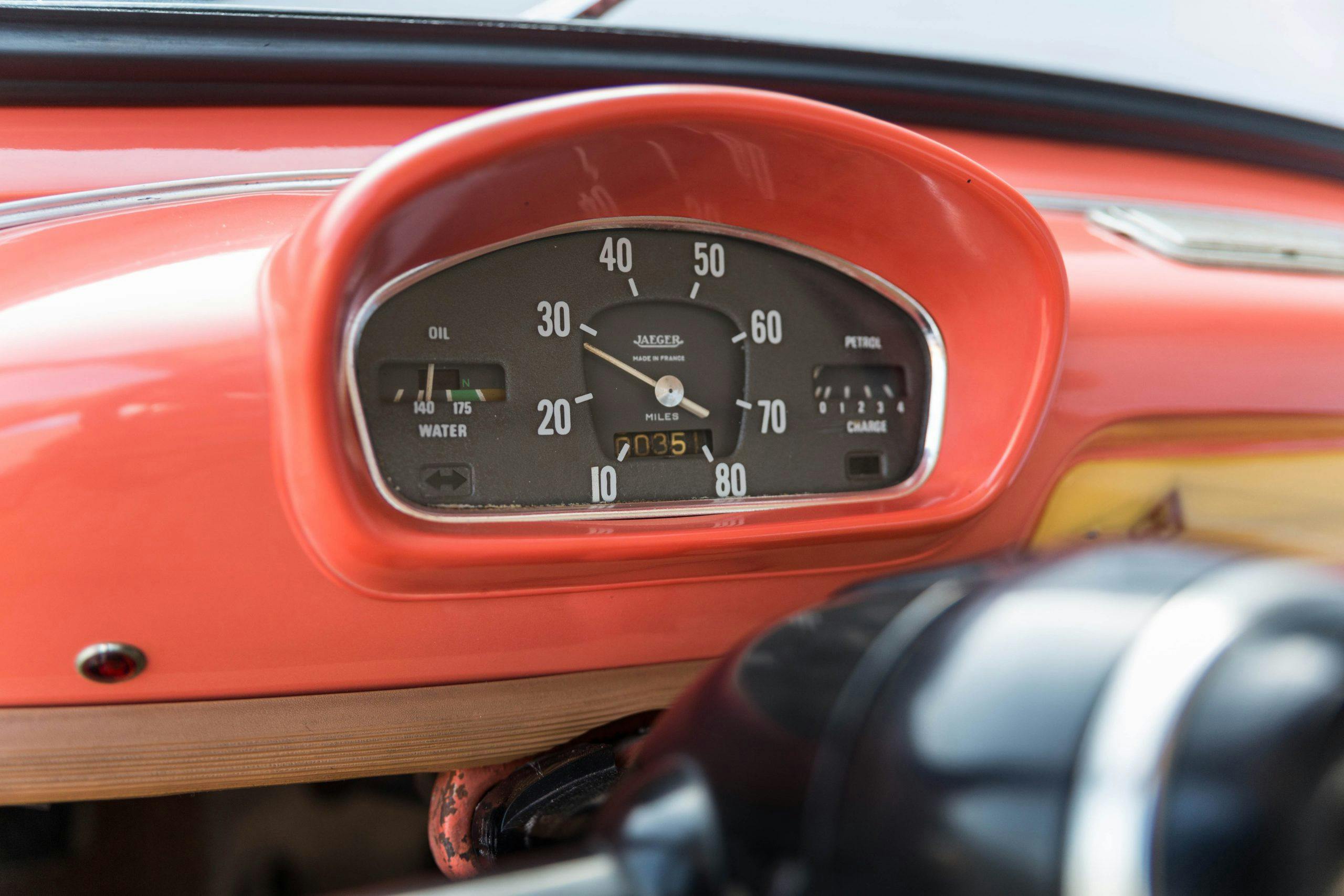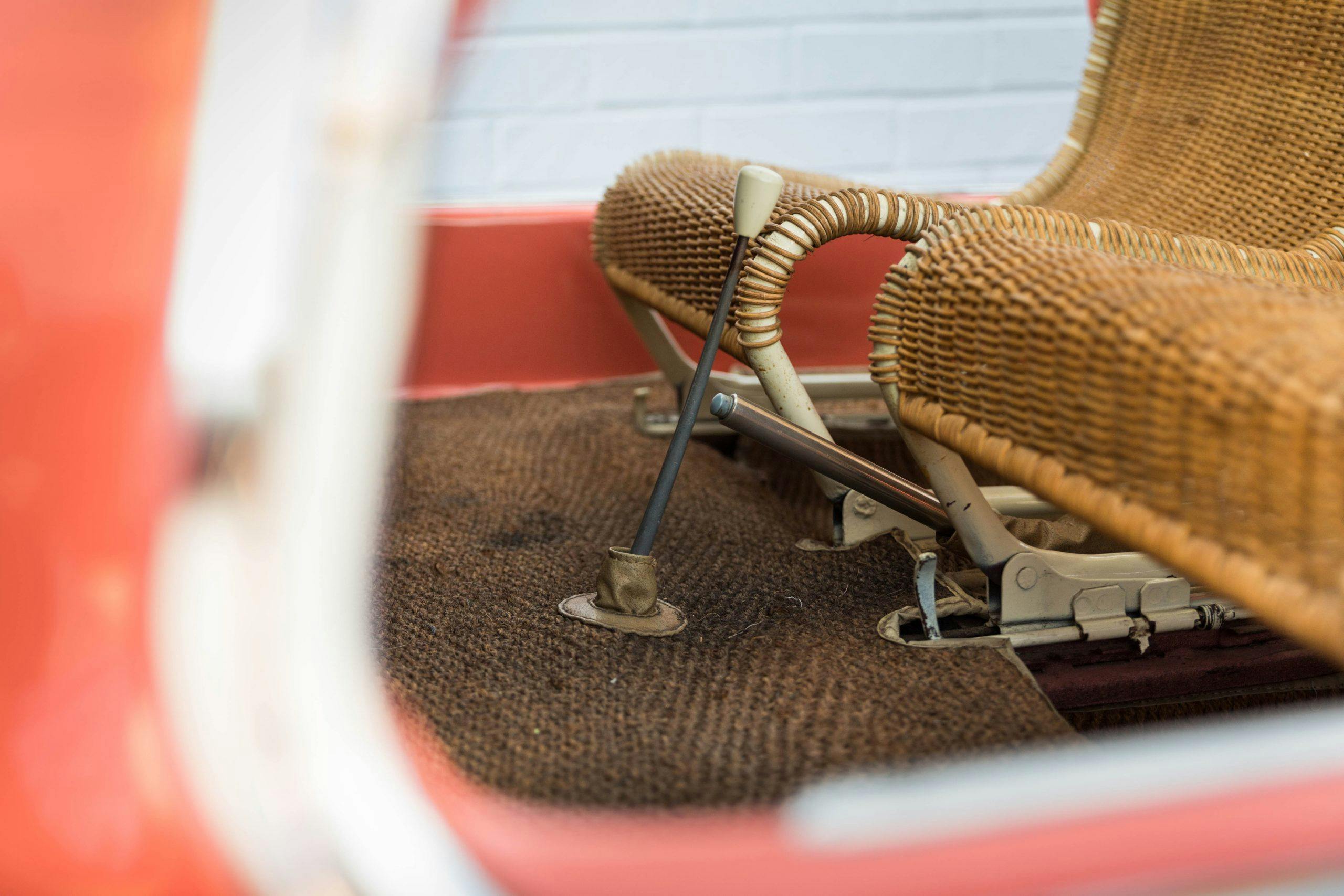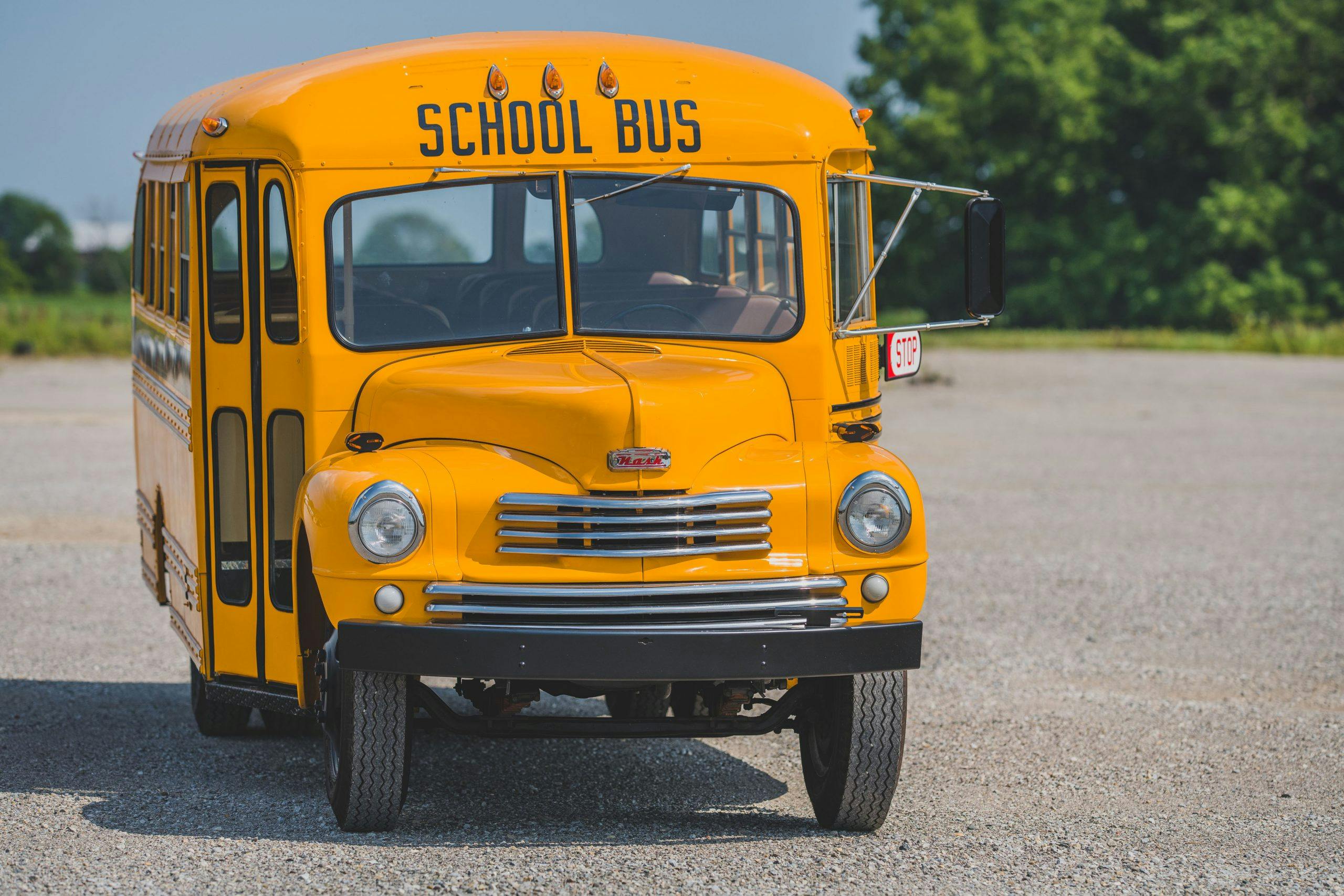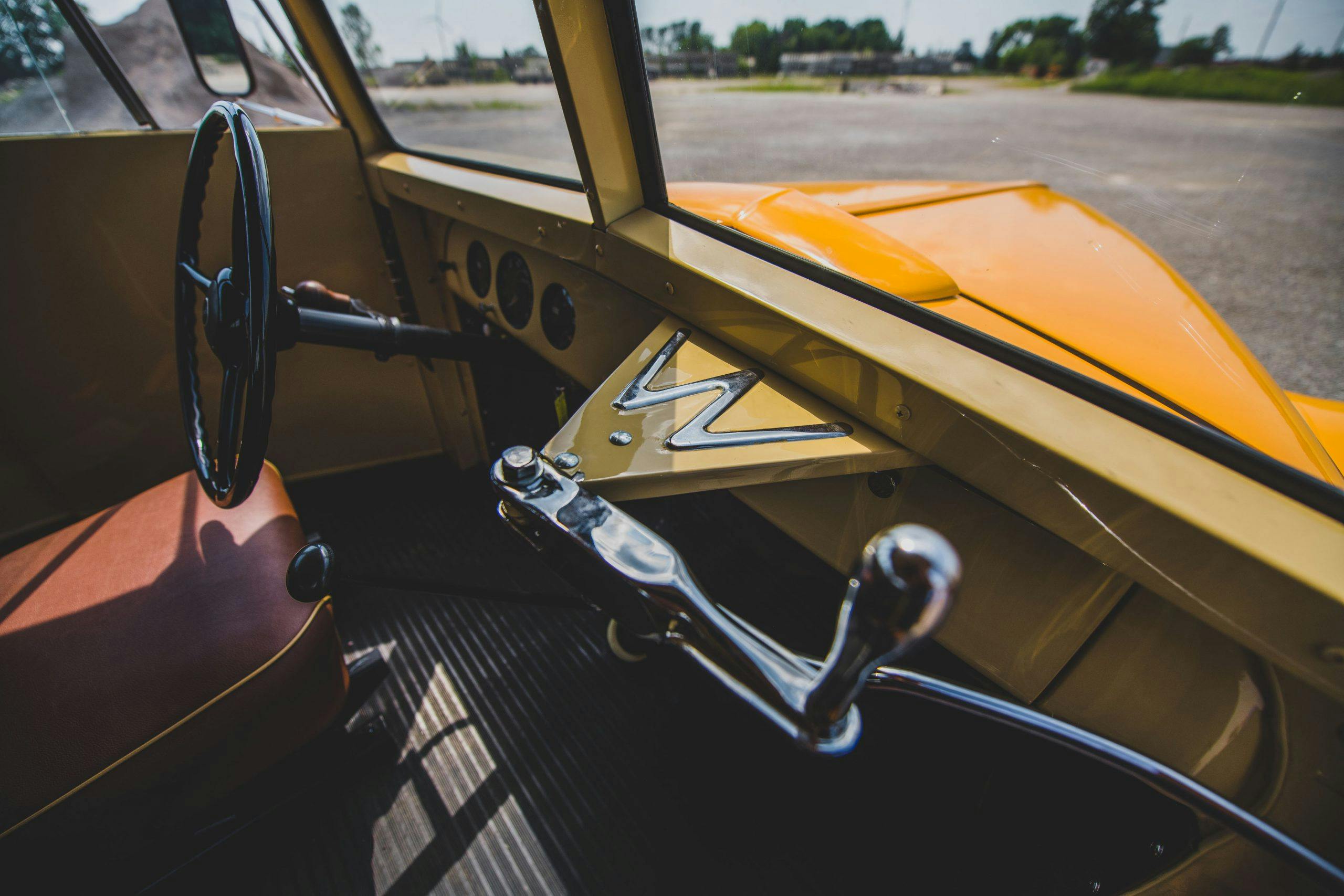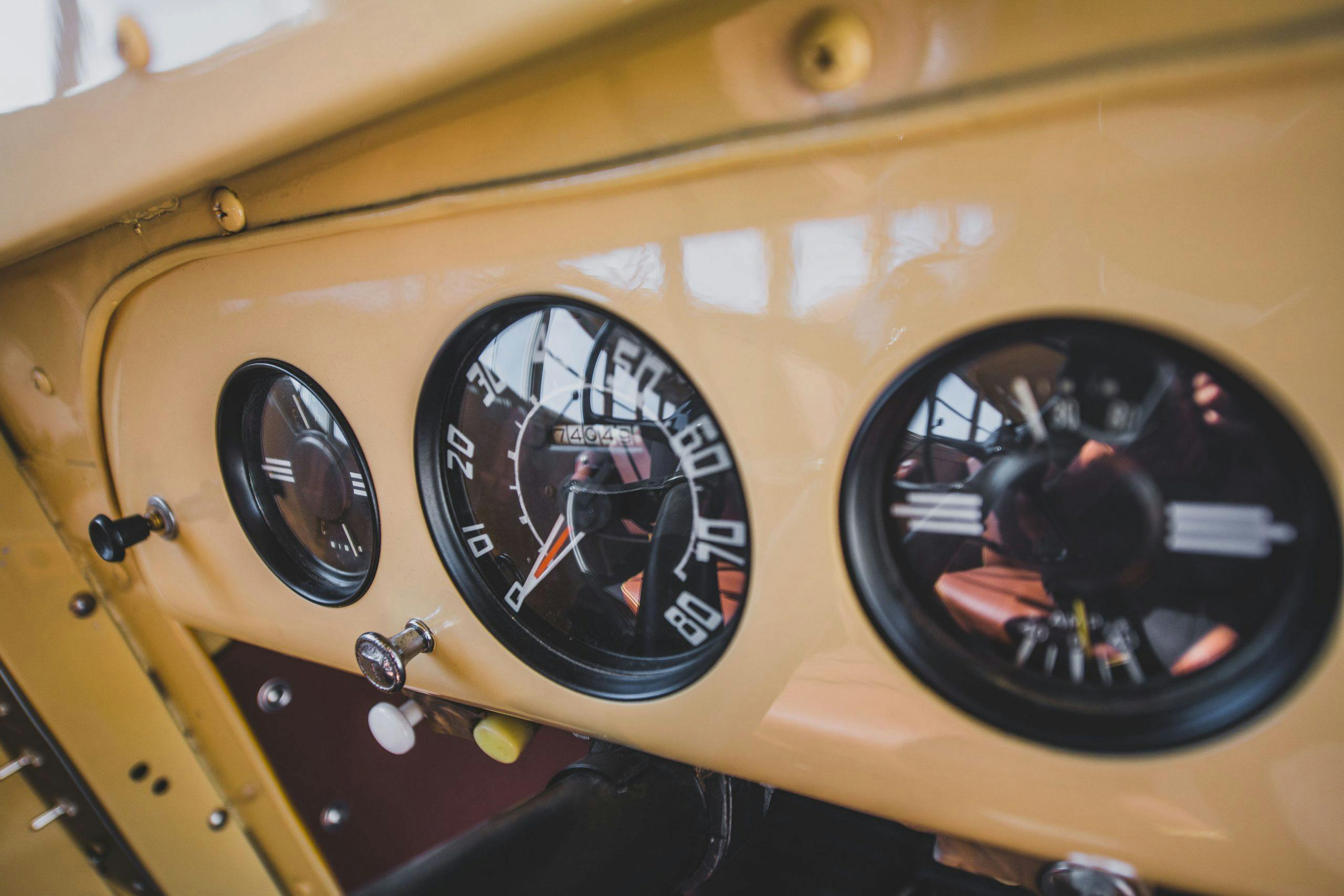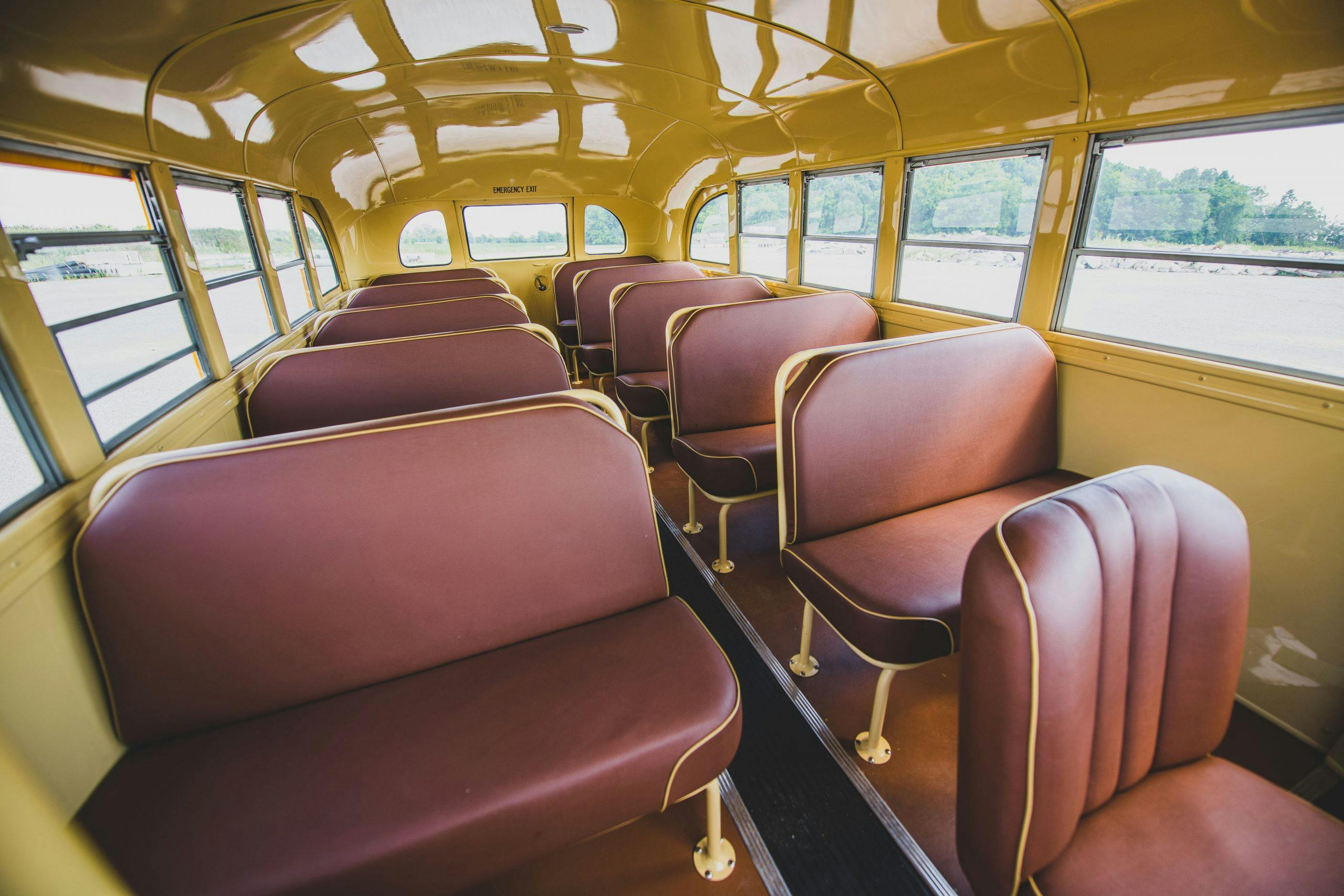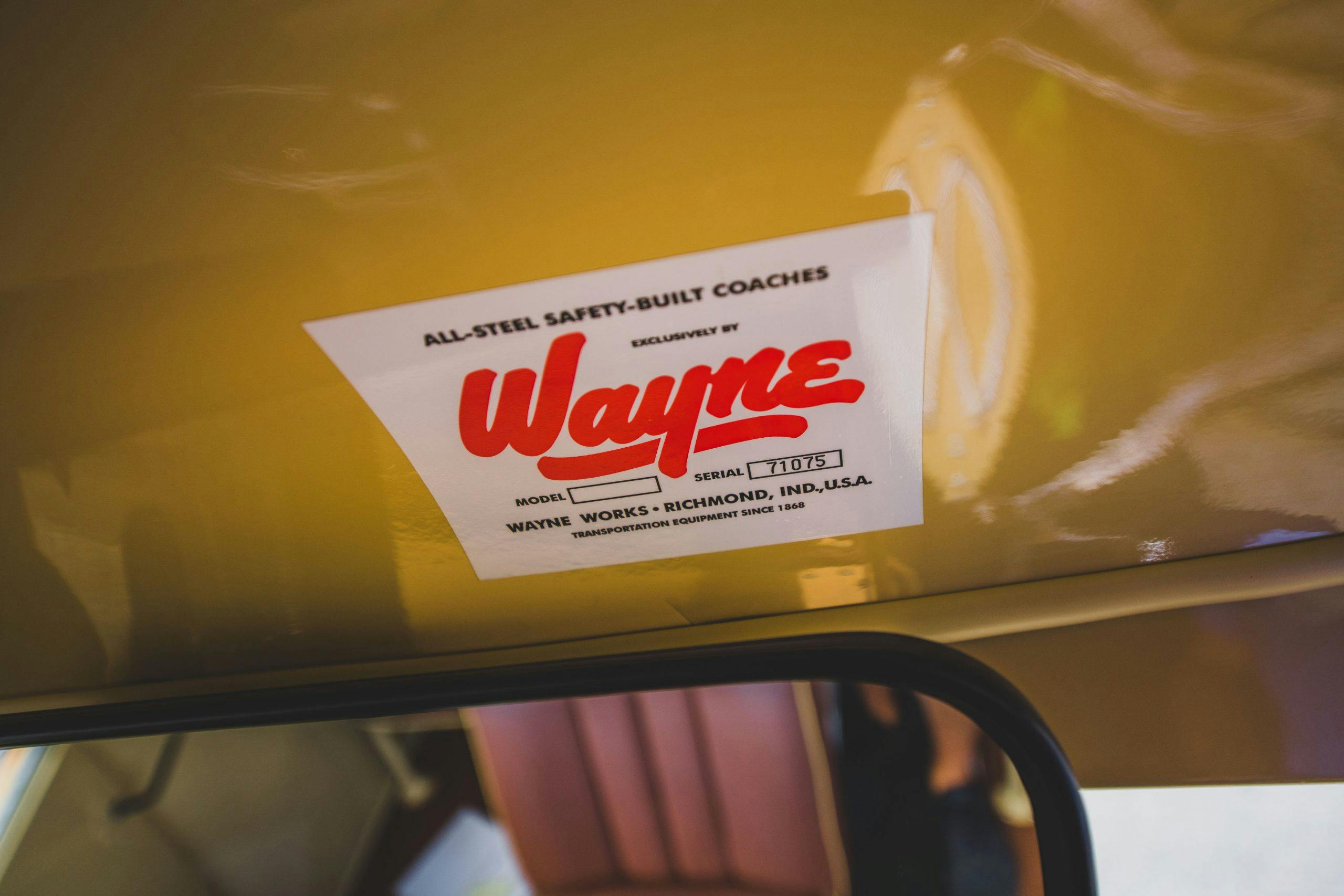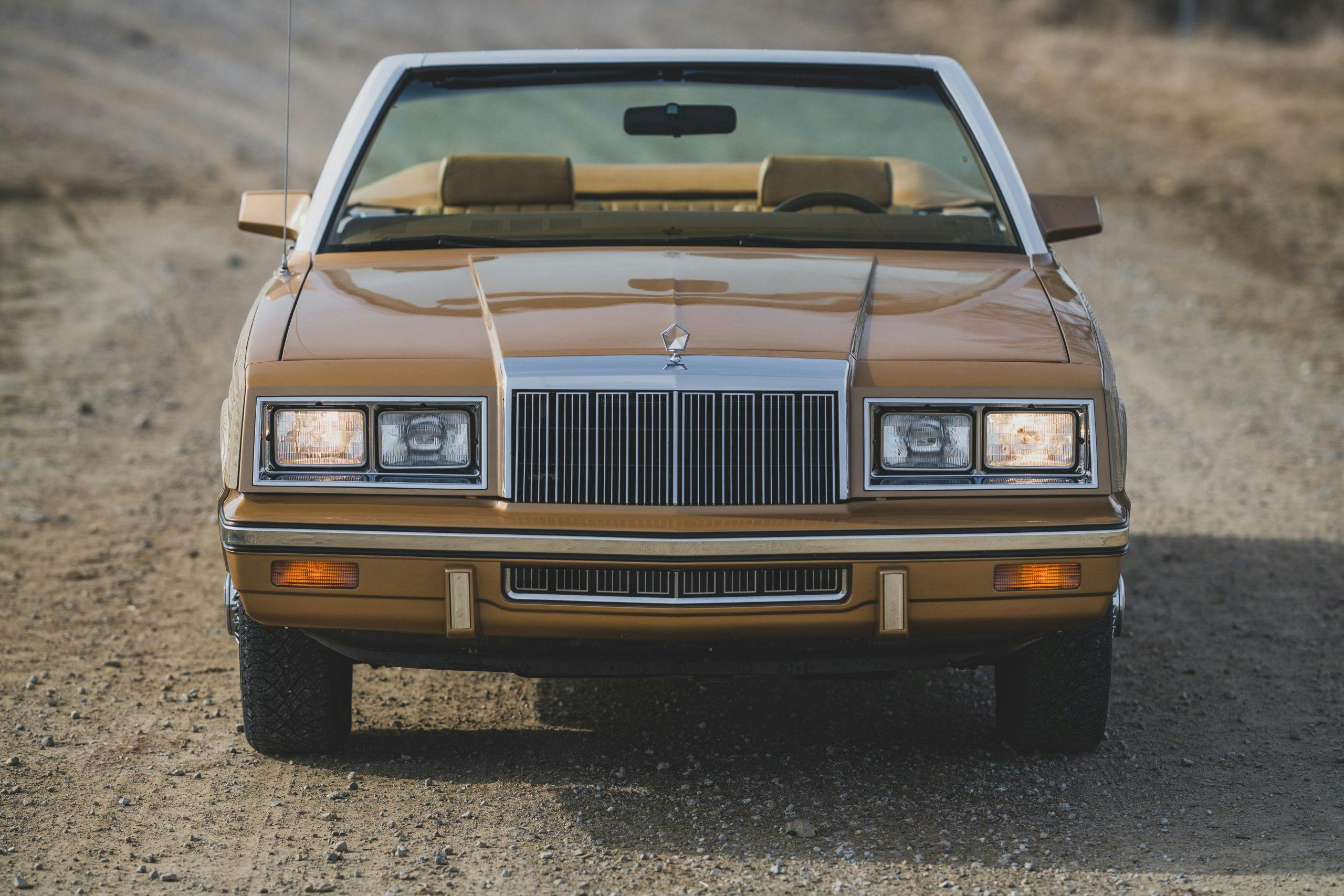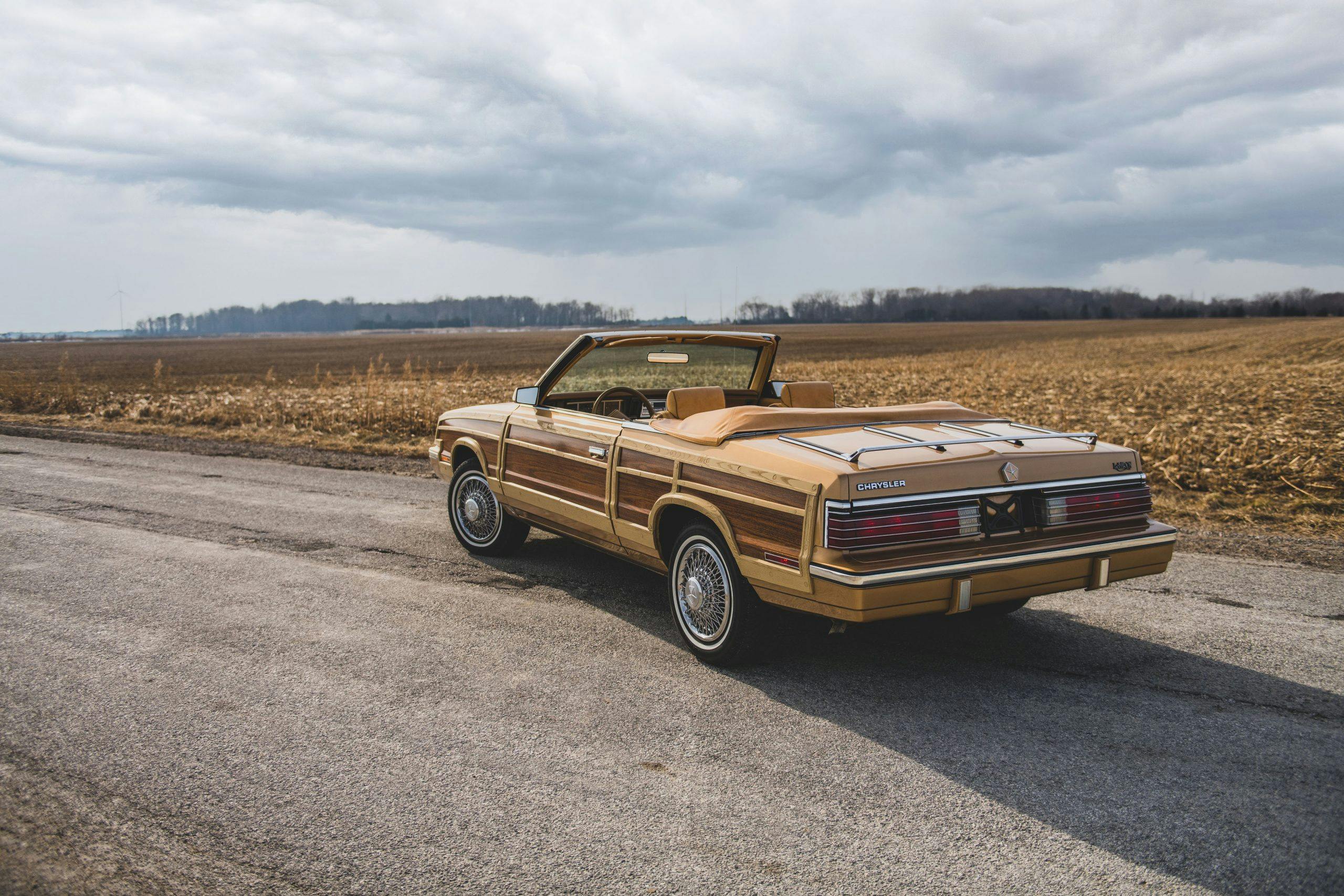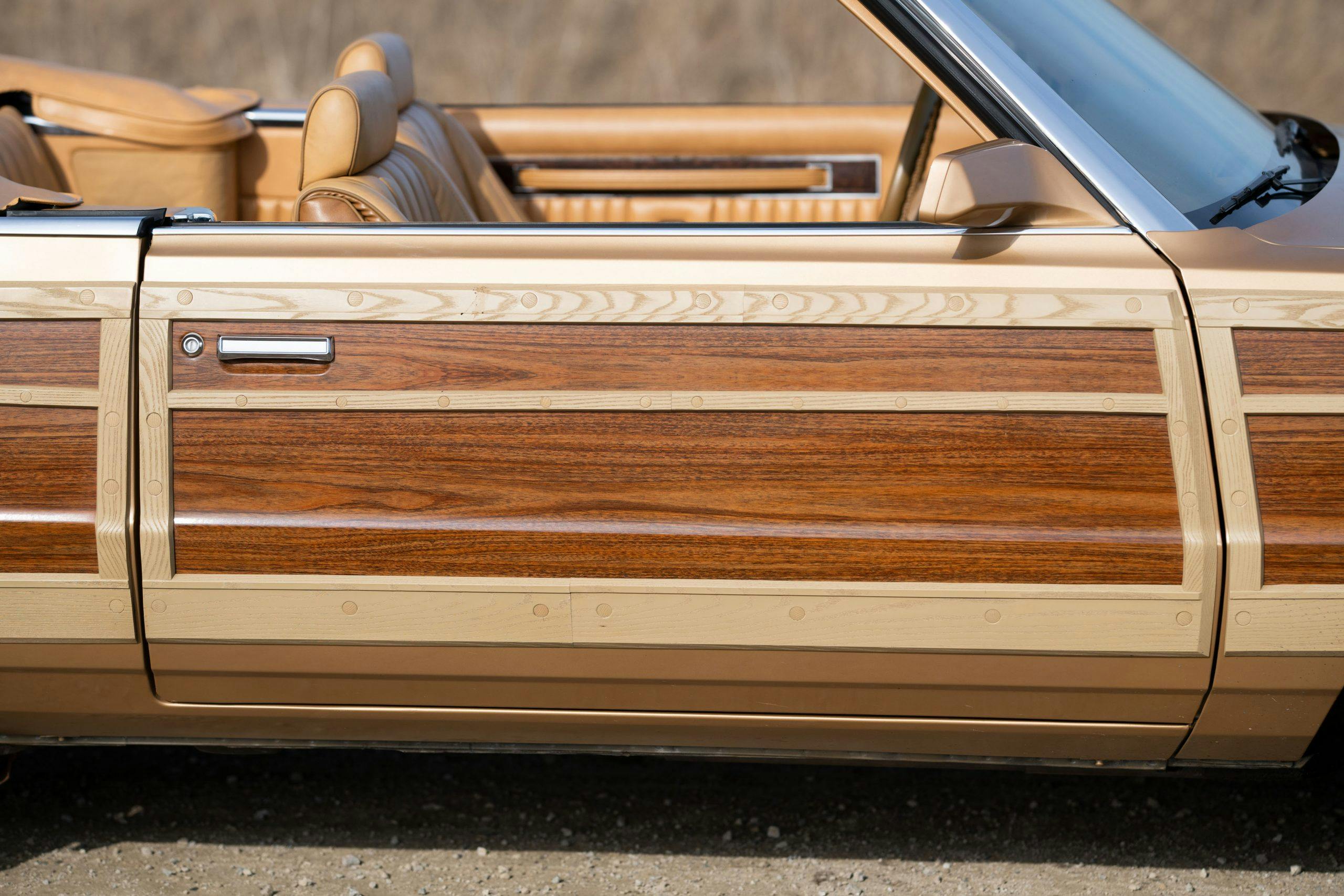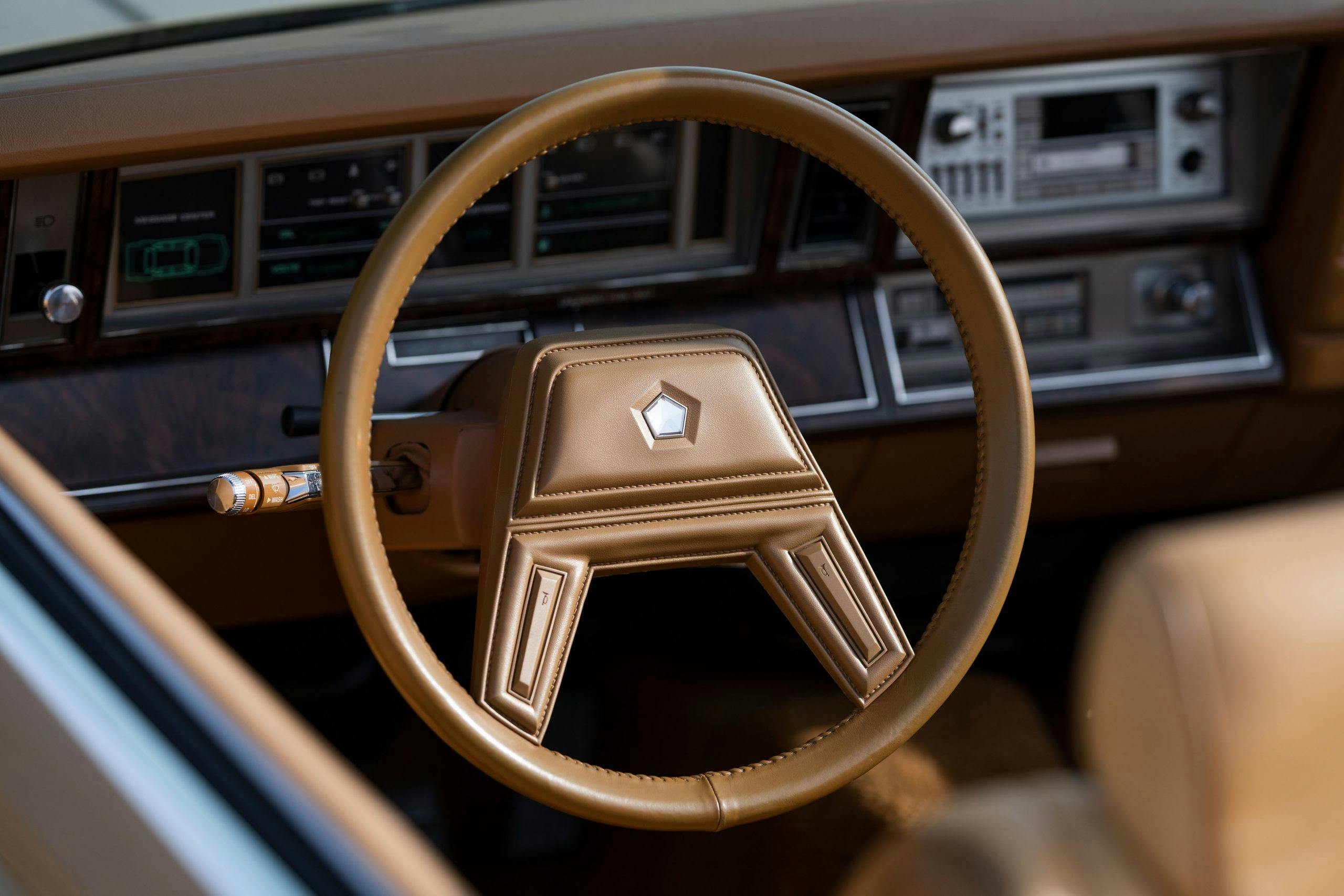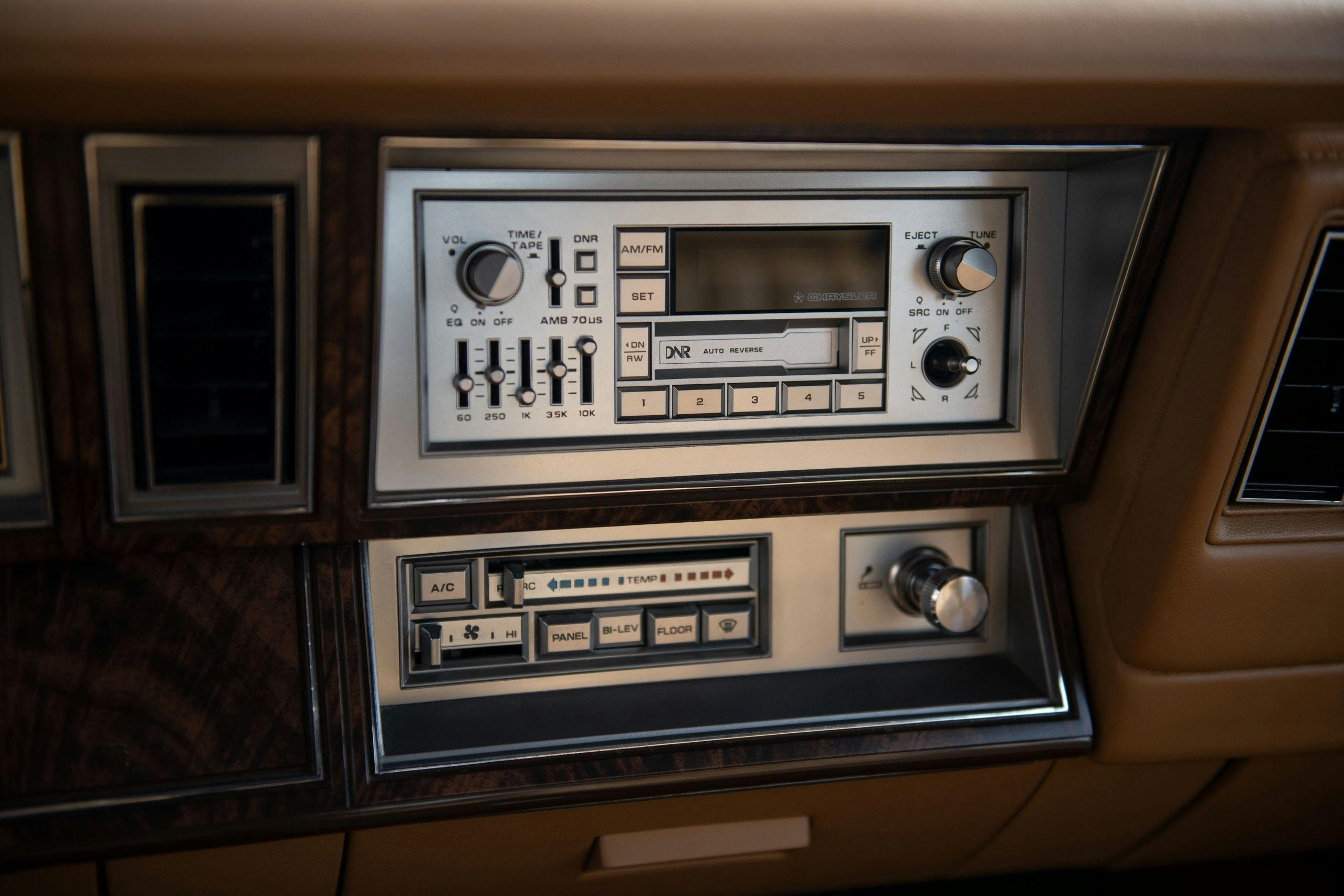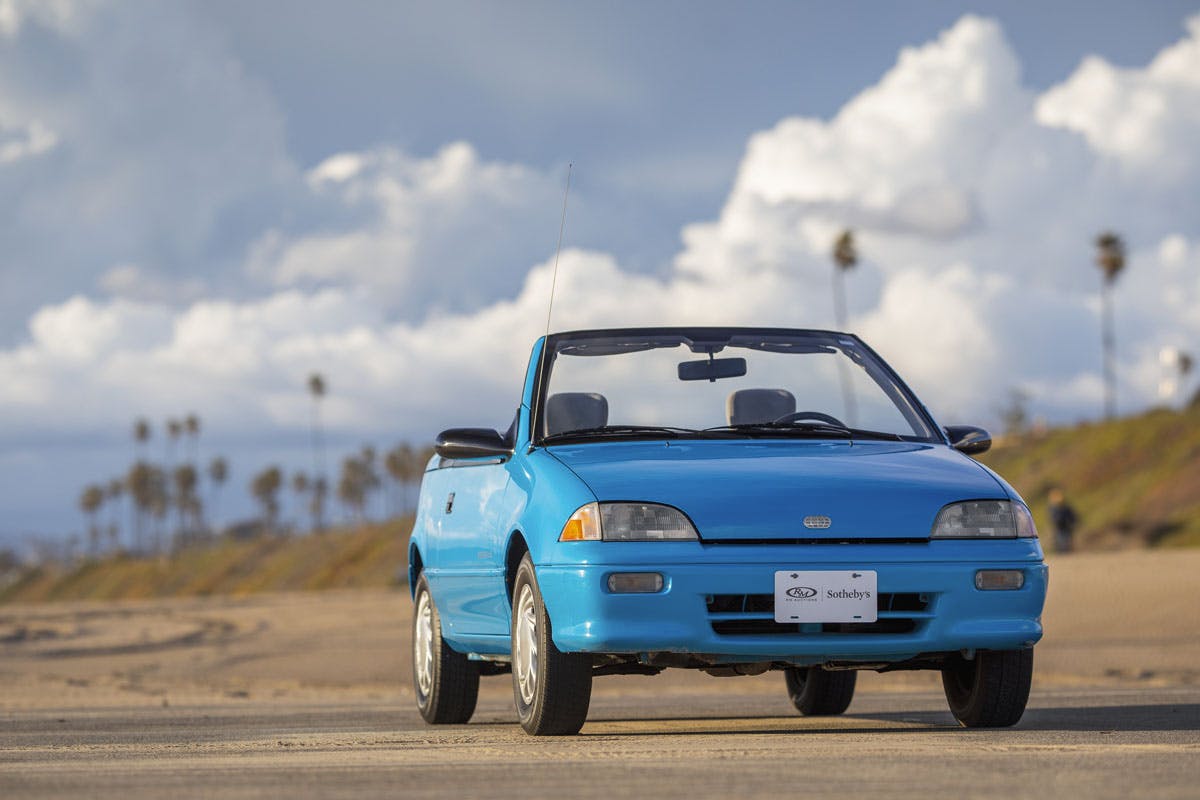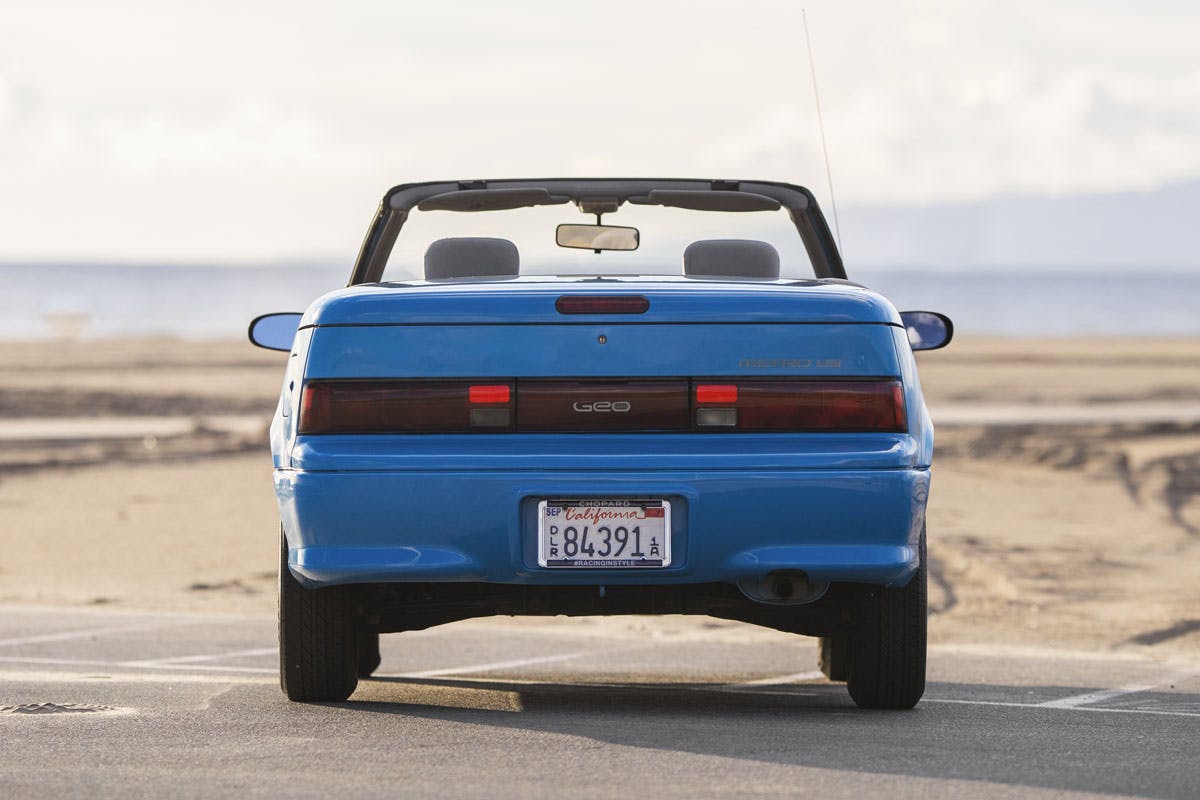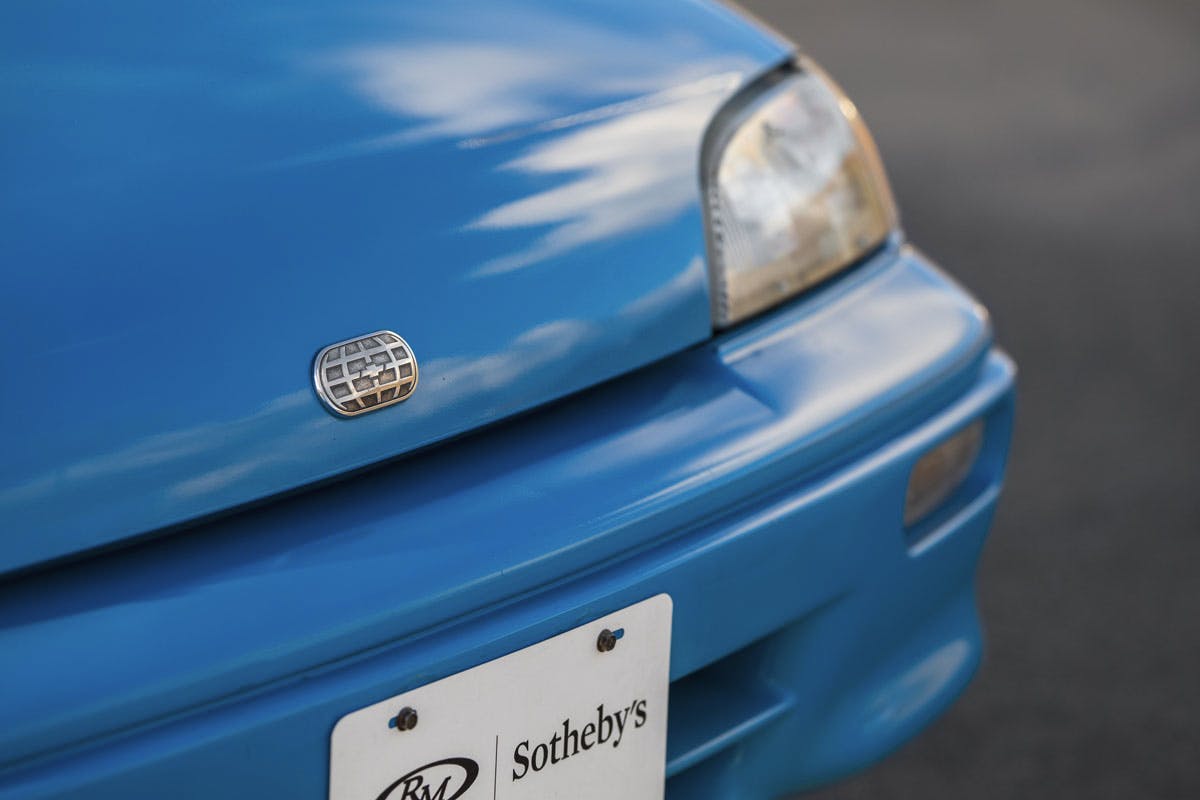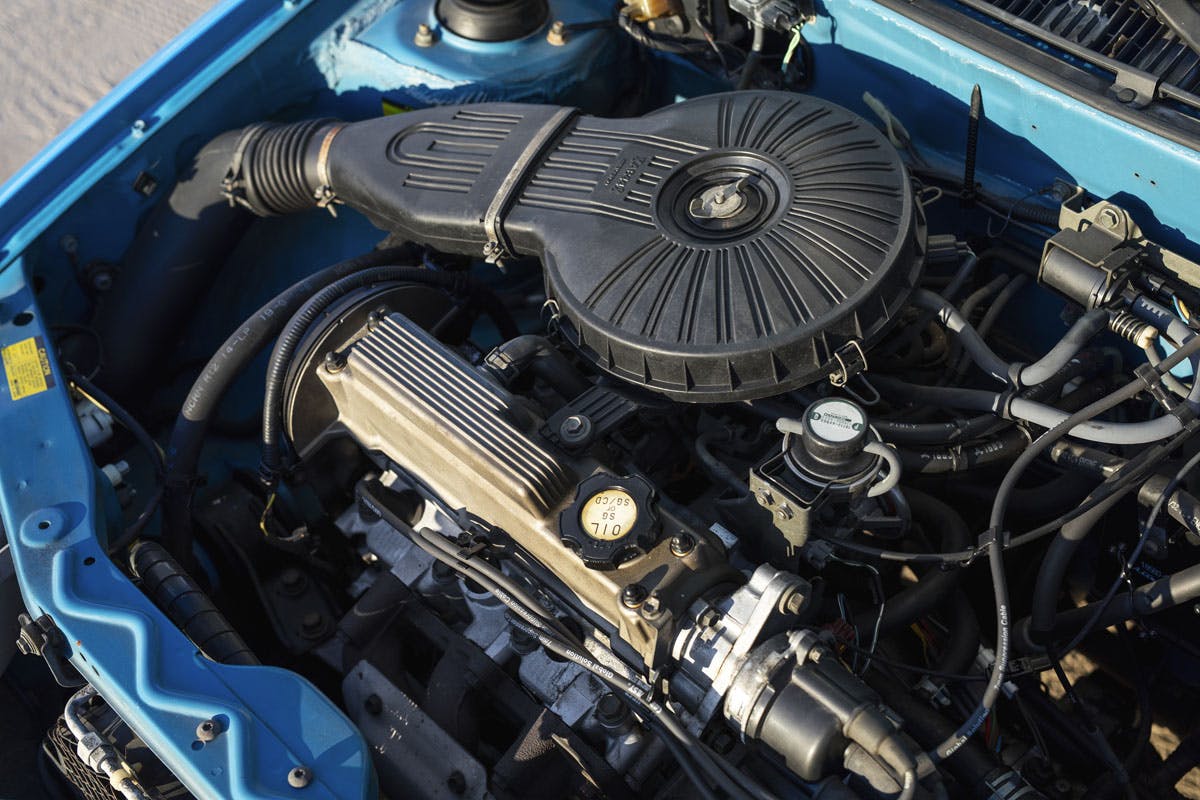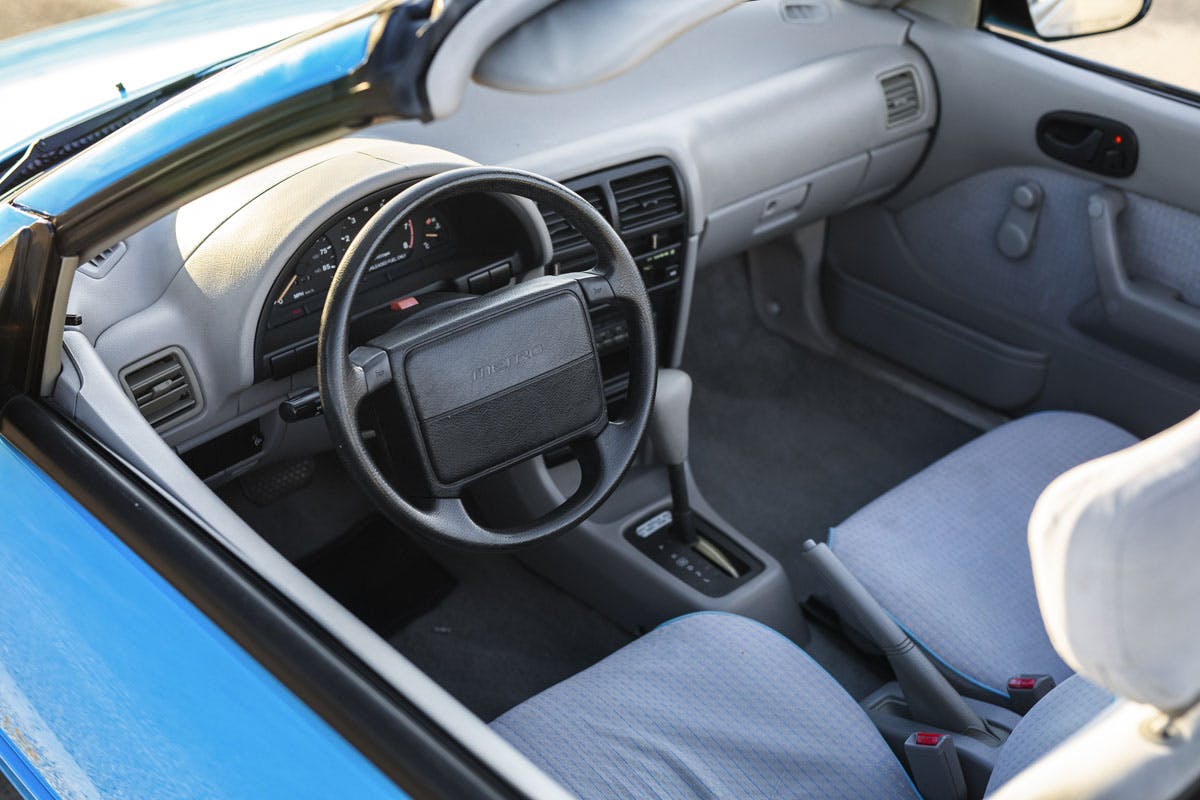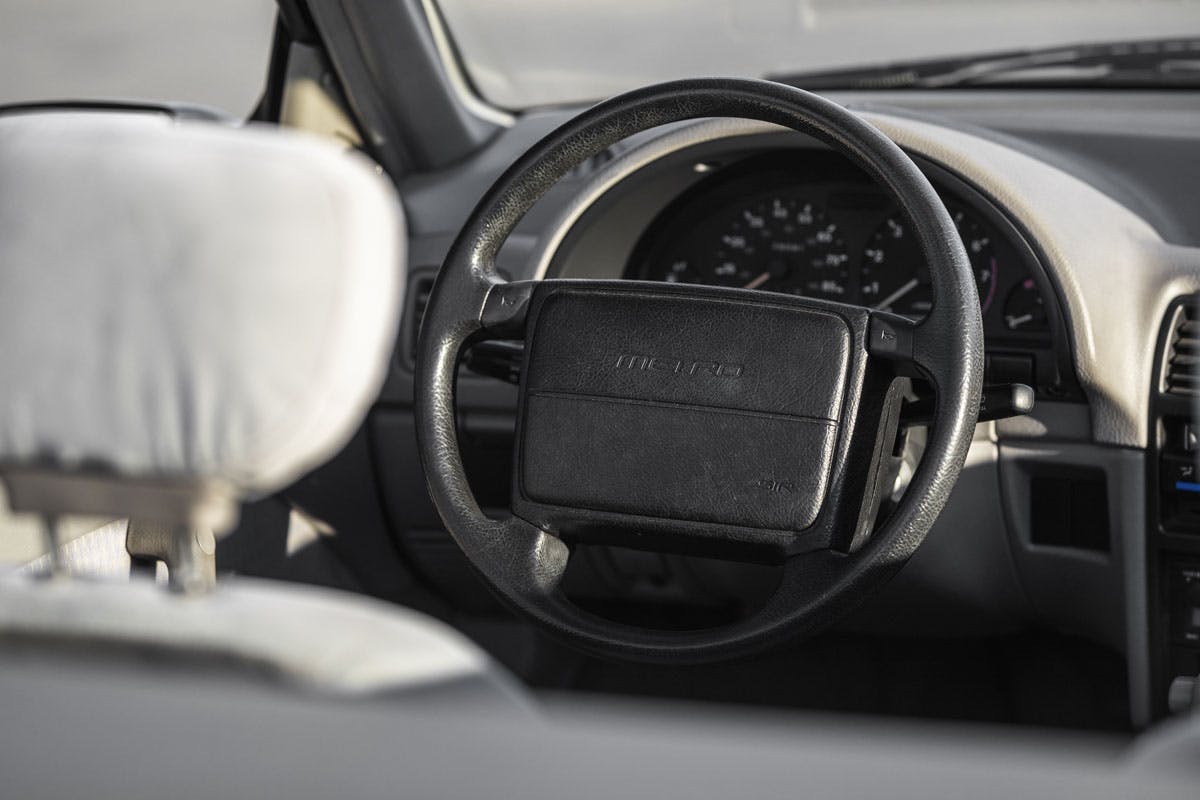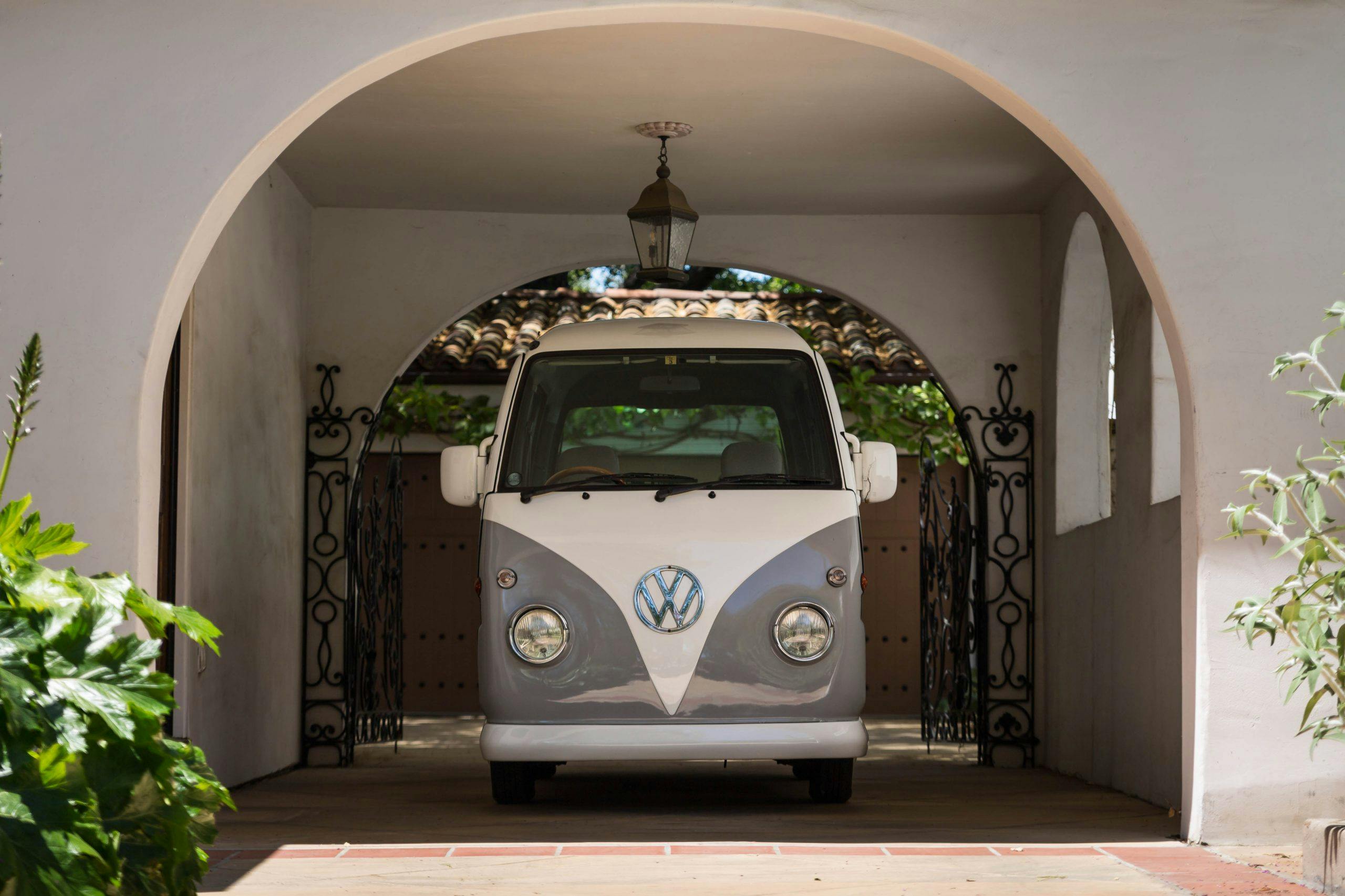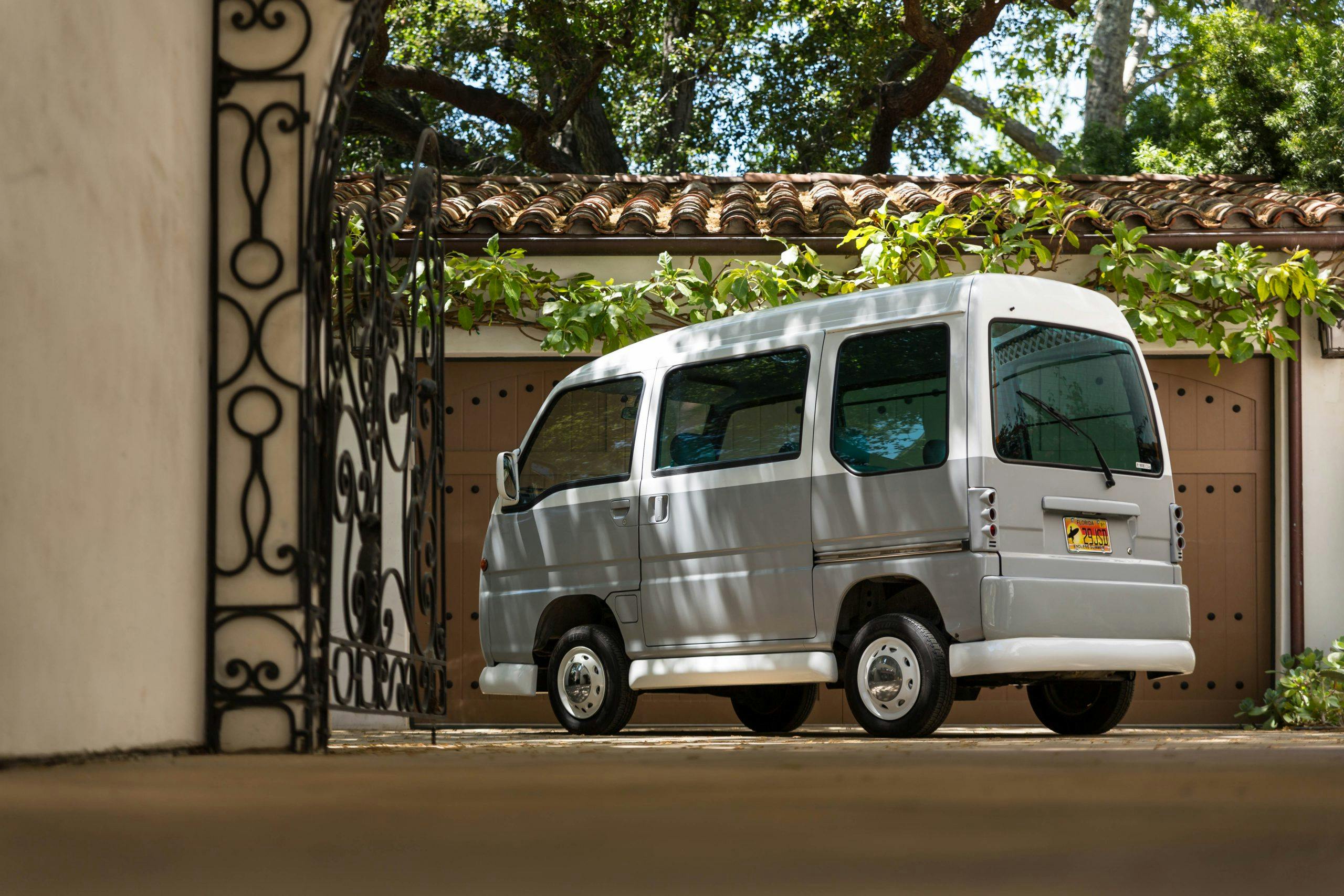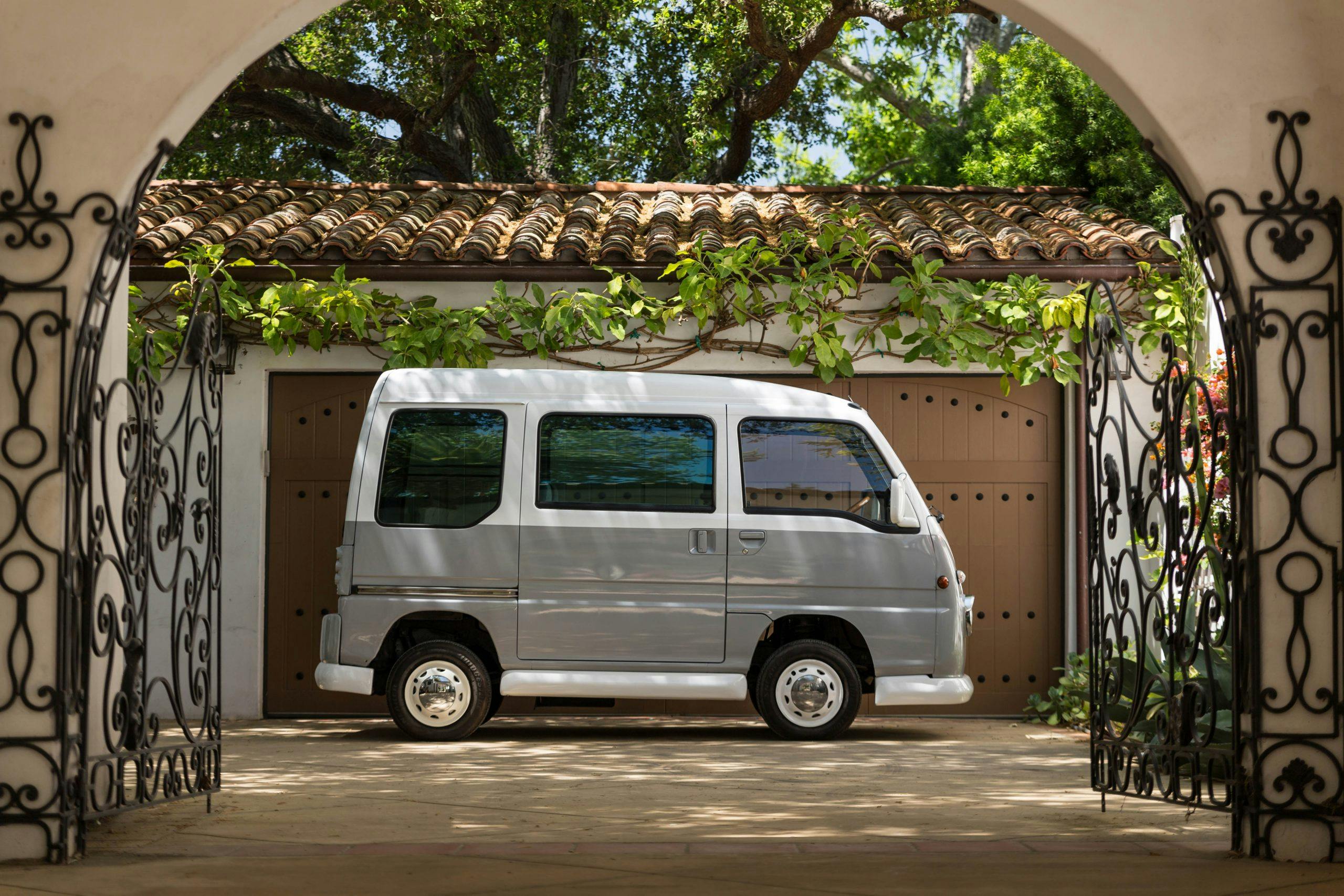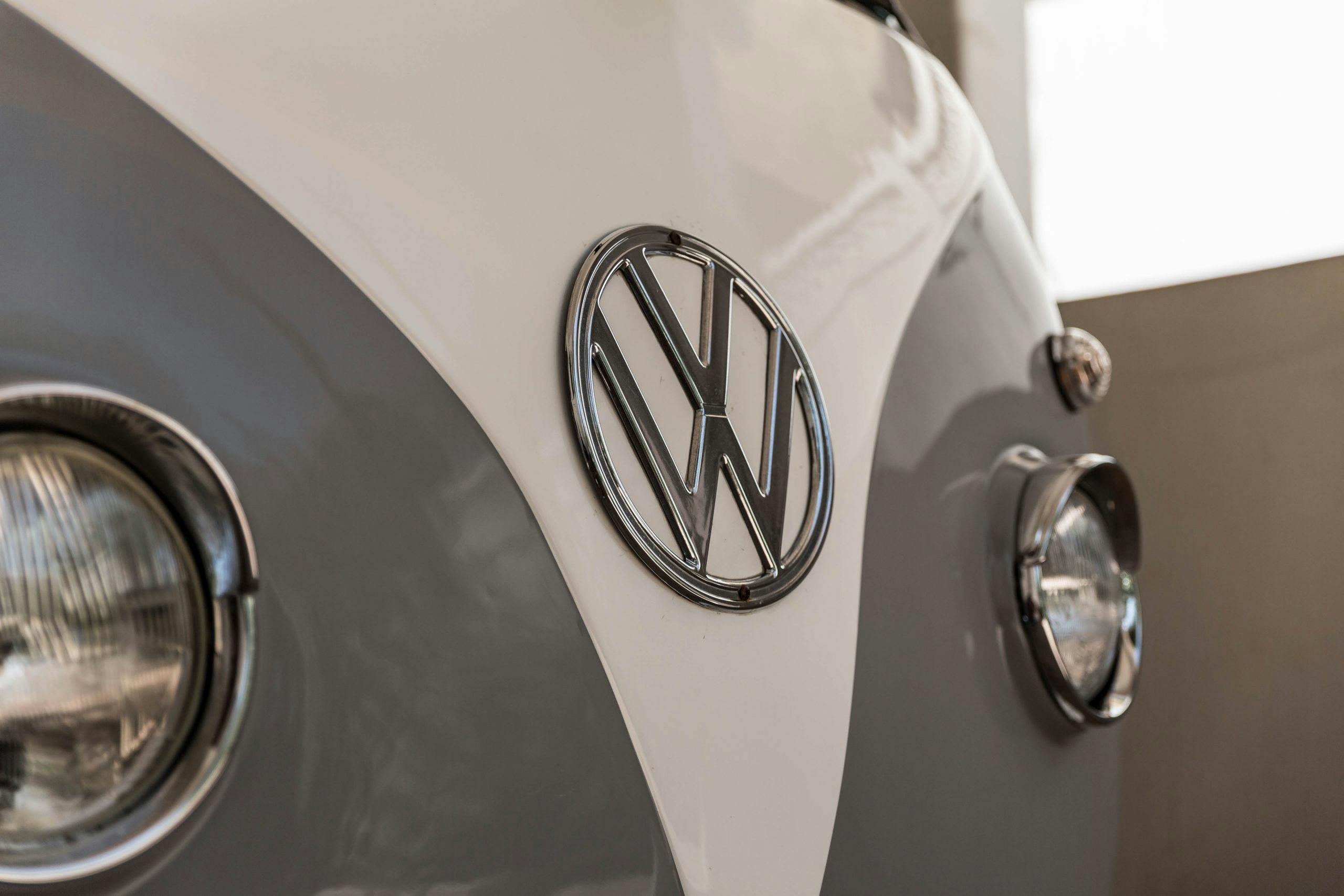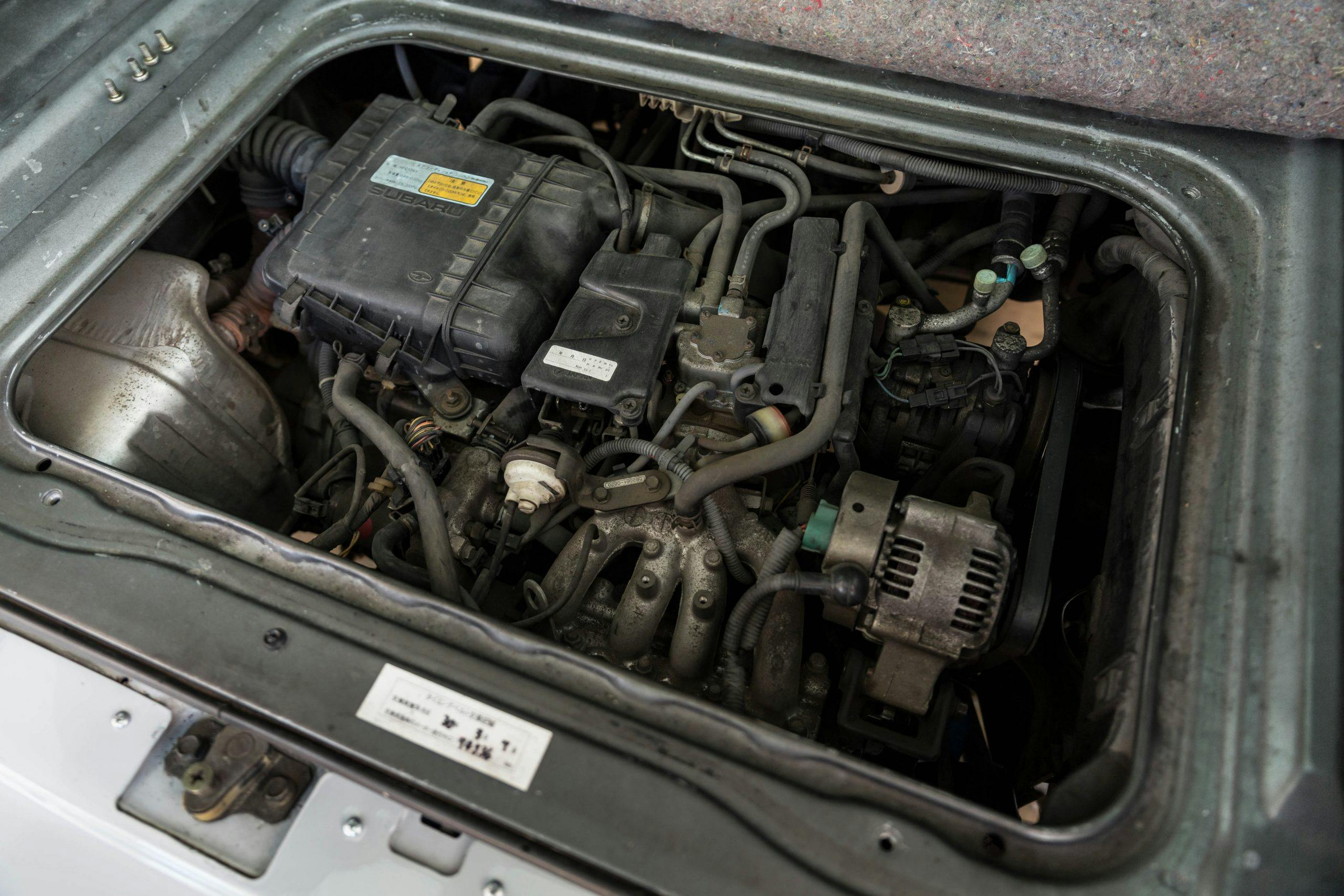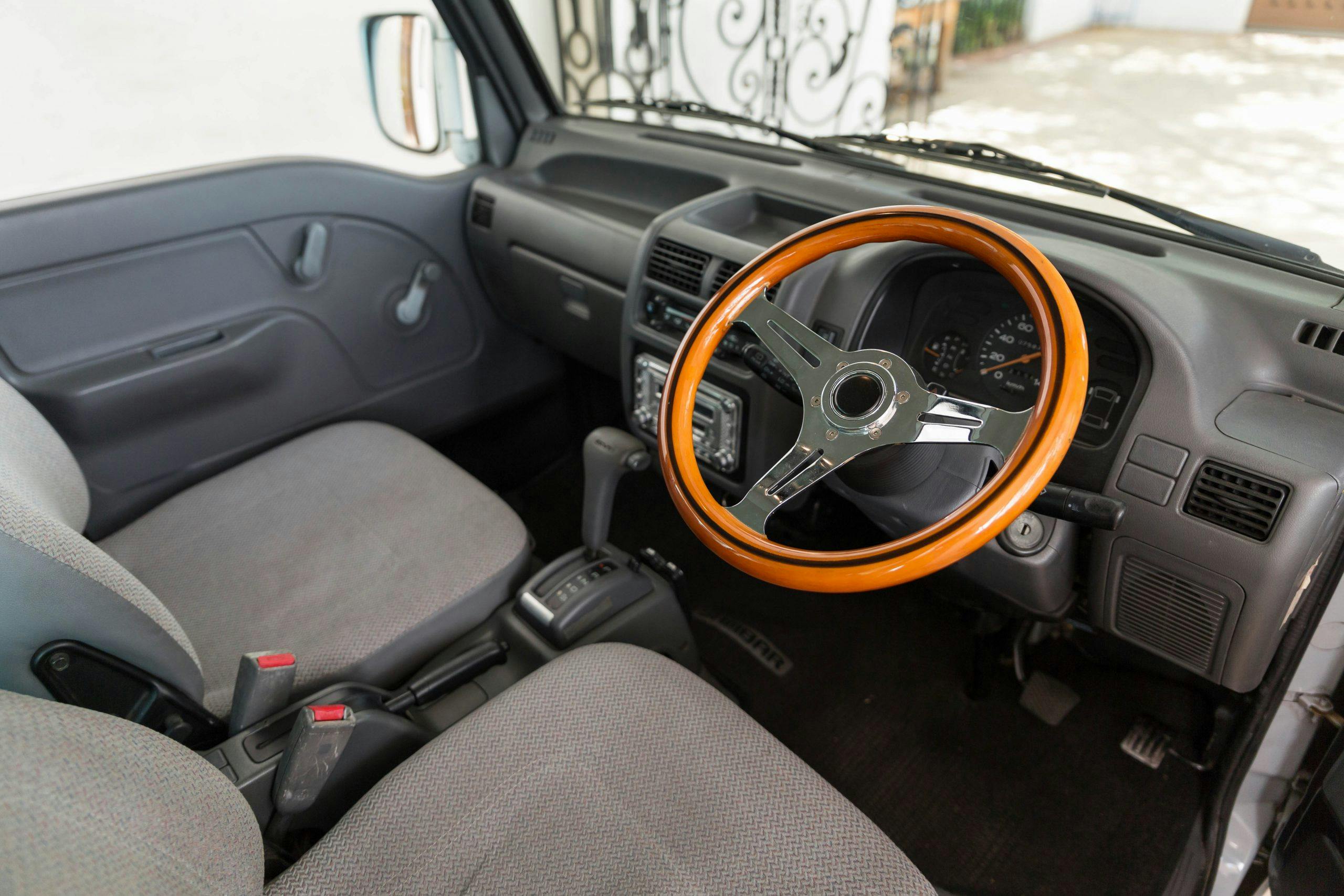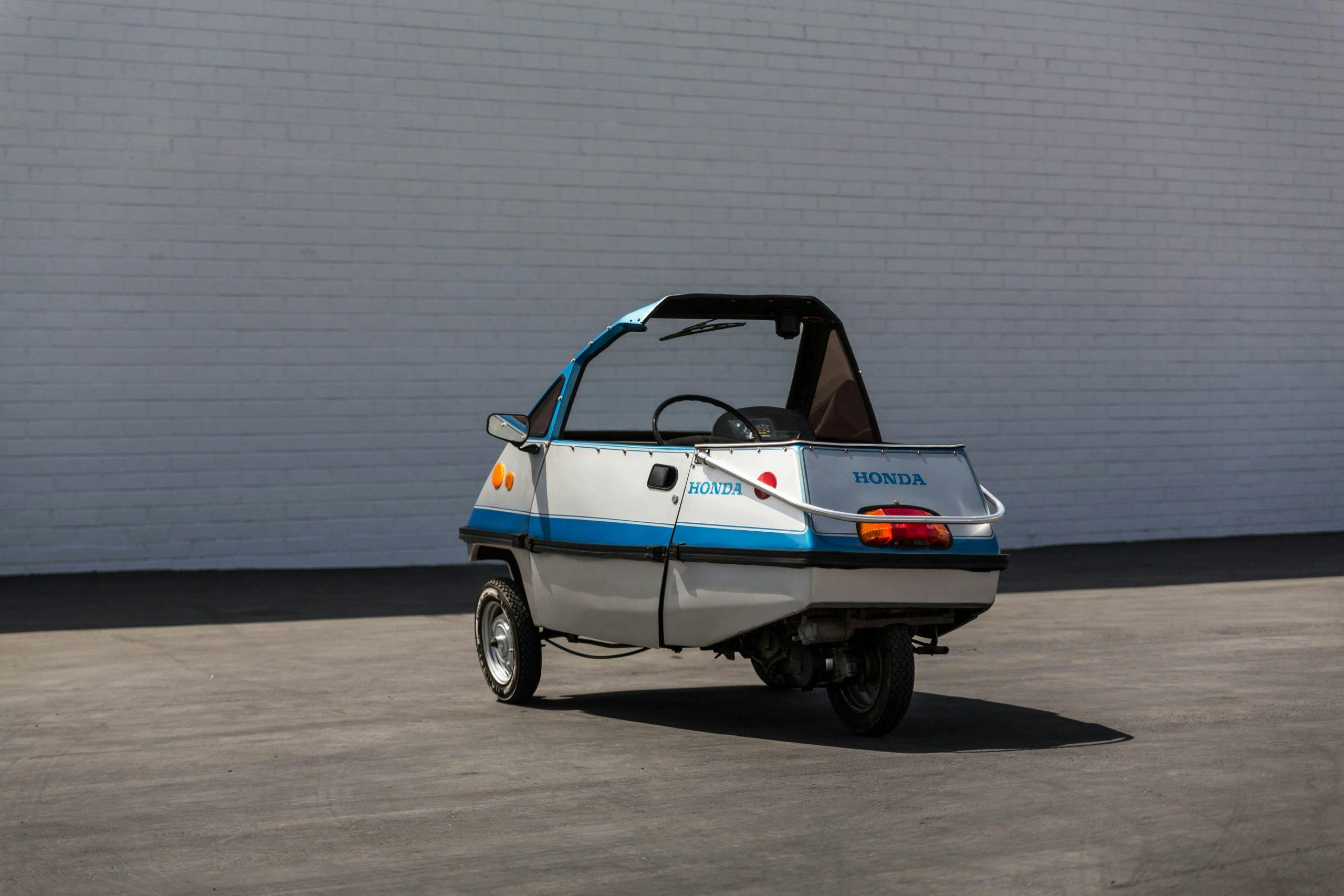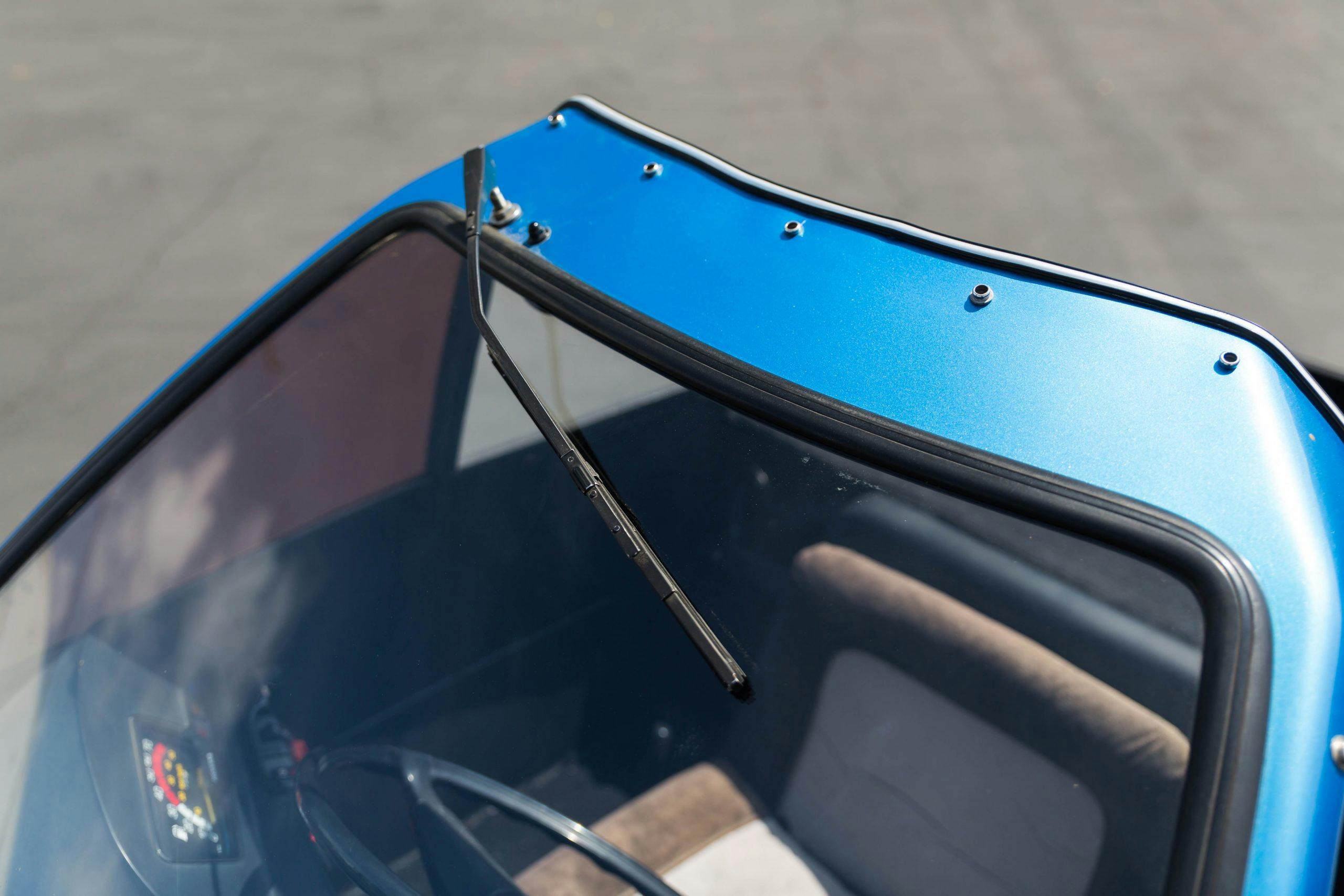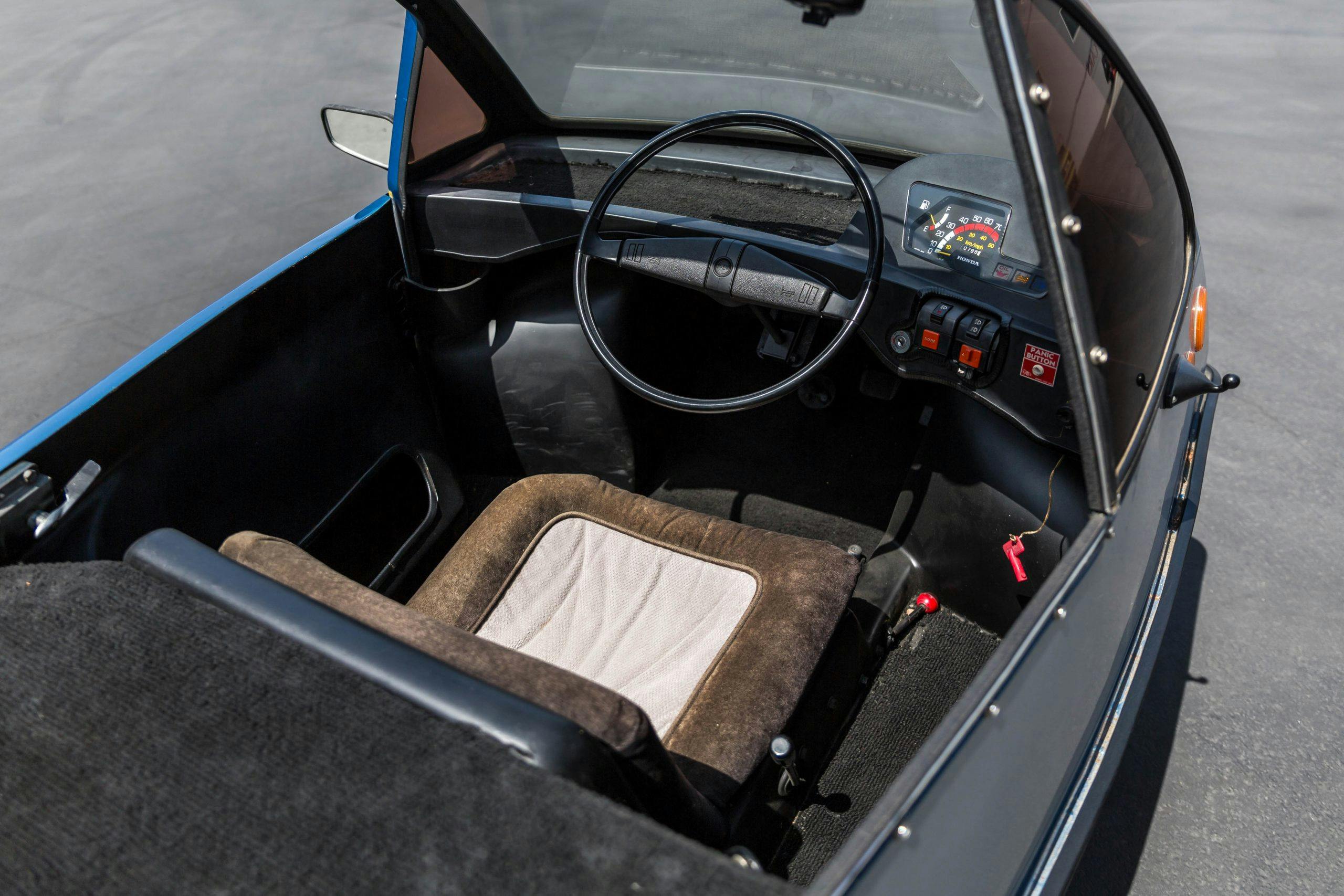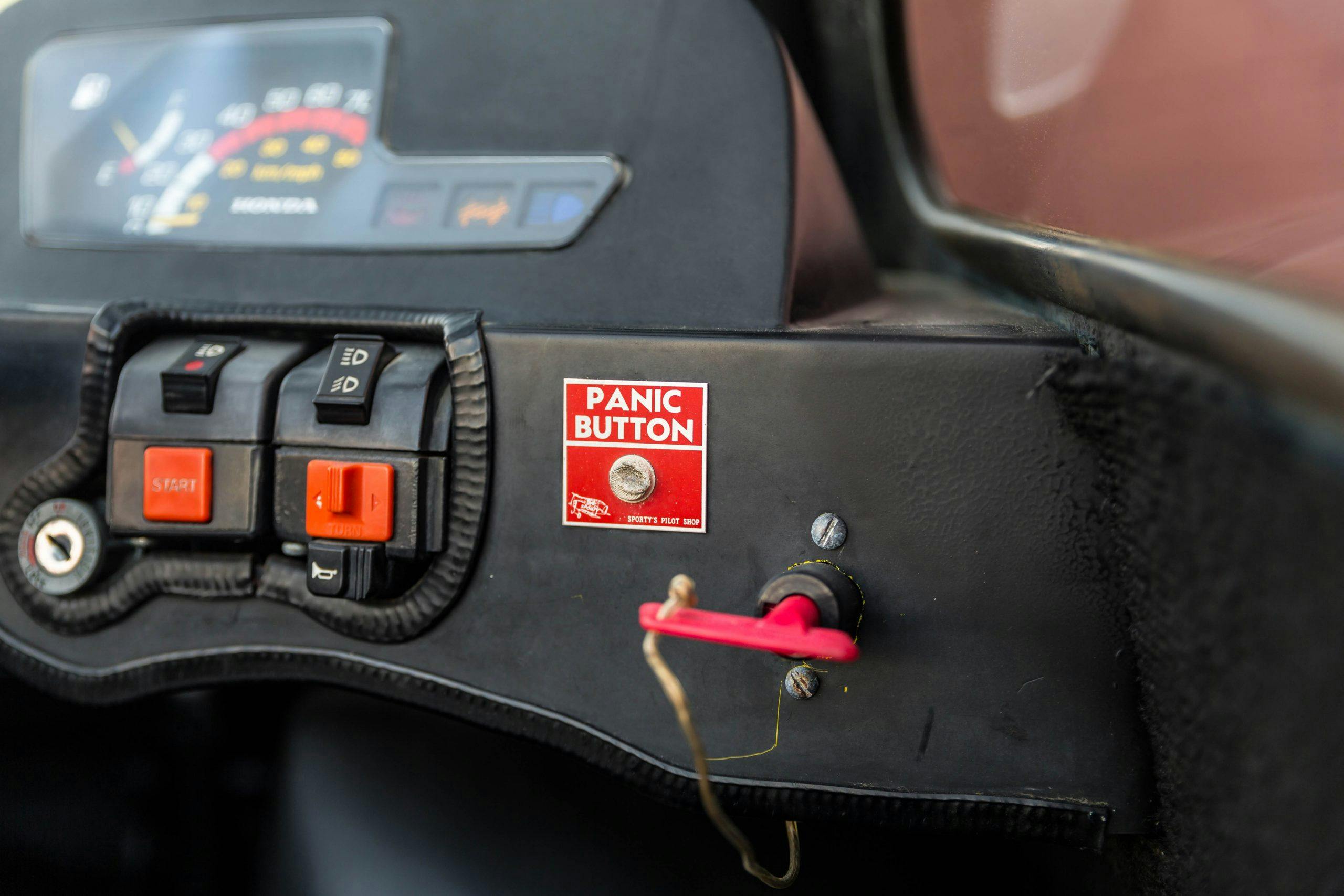These 7 wacky rides promise double-takes, big smiles
If you’re hunting for something weird and off-beat for your garage, there’s a one-stop-shop on the horizon. RM Sotheby’s “Handle With Fun” auction runs online from May 5–13 and, as the name suggests, it’s all about goofy, silly fun. There are 300 lots covering toys, vintage vending machines, neon signs, an Addams Family pinball machine—you name it. Naturally, the delightful selection of oddball cars caught our eye, and we couldn’t resist sharing them here with you in all their wacky glory.
1949 Willys Jeep Station Wagon camper
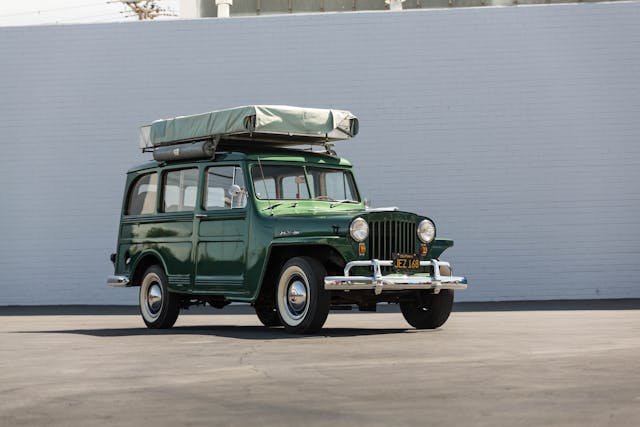
There’s nothing hugely unusual about a ’49 Willys-Jeep, but when was the last time you saw one done up with period camping equipment like a pop-up tent on the roof, water tanks, and a fold-out table with dishes and a picnic basket? RM describes it as a rear-wheel drive, driver-quality older restoration with some things to nitpick like a crack in one of the windows, but it looks plenty nice enough for an adventure.
1961 Renault 4CV Jolly by Ghia

Famously dreamed up by Fiat Chairman Gianni Agnelli as an adorable runabout for wealthy customers with boats or beach houses, the Ghia-bodied Fiat Jolly is almost as much fashion accessory as it is an automobile. Less well known is the Jolly beach car that Ghia built using the Renault 4CV platform. The Renault isn’t quite as cute as the Fiat, but it’s rarer (50 built compared to an estimate 650 Fiats), and thanks to a bit more cc of displacement, probably a bit faster as well.
RM Sotheby’s sold another Renault Jolly at the Petersen Museum in 2018 for $106,400, which was a surprisingly high result at the time, but the auction house expects a similar result for this one with an estimate of $80,000–$100,000.
1949 Nash Model 3248 school bus by Wayne

Taking the bus rarely looks this cool. Rarely this exclusive, either; there are reportedly just two of these Wayne-bodied Nash school buses in existence. Nash started building heavy-duty trucks in 1947, but most of postwar America’s school kids were riding to class in a Chevrolet, GMC, International, Dodge, or Ford.
1985 Chrysler LeBaron Town and Country Convertible

The Chrysler K-car is legendary only for how generic it was. To be fair though, mediocrity was baked into the design. The K-car was efficient to build and affordable to buy, so it sold in large enough quantities to save Chrysler’s bacon in its dark days of the 1980s.
Chrysler boss Lee Iacocca got the lion’s share of the K-car credit, with Time magazine calling him “Detroit’s Comeback Kid” in a March 1983 issue. His face also morphs into the nose of a K-car in one of the downright strangest covers in Time’s nearly 100-year history.
Chrysler introduced a LeBaron Town & Country convertible on the K-car platform in 1982. Covered in woodgrain paneling It was a far cry from both the stately genuine wood-laden Town & Country of the 1940s and the Town & Country minivan that came along in 1990. This example, which would be a fine choice for Concours d’Lemons, shows just 12,345 miles on the odometer. That’s just 223 miles more than it had when it sold for $12,960 in Monterey six years ago. The current high-water mark for one of these woodgrain wonders is Lee Iacocca’s personal ’86 T&C, which sold for $19,040 in Scottsdale last year.
1992 Geo Metro Convertible
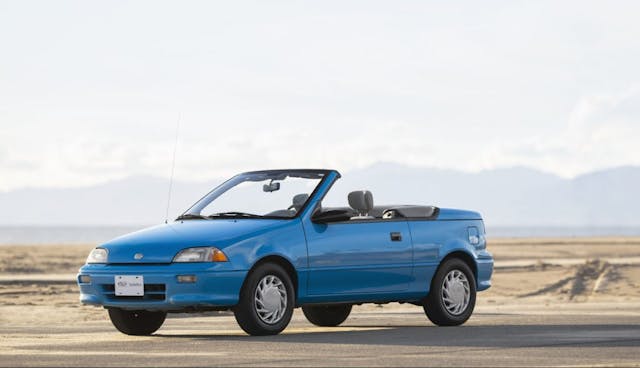
Speaking of famously mediocre cars, remember the Geo Metro? A second-gen Suzuki Cultus underneath, the Metro (also sold as a Pontiac Firefly in Canada) was just about the cheapest thing with four wheels and an engine back in 1990s North America. The 1991 Metro hatchback started at just $7495 (less than 15 grand in today’s money), came with a wheezy 55-hp 1.0-liter three-cylinder, rode on tires that could fit your riding lawn mower, and returned an EPA rated 38 mpg city/45 highway.
Nothing about the Metro was particularly sporty, but GM nevertheless sold a convertible version that started at about $10,000. This one, which according to its CARFAX is a one-owner California car, shows 39,069 miles. Although we can think of better ways to cruise the Pacific Coast Highway, this has to be among the cleanest Metro convertibles in the country. The engine bay in particular is spotless. The interior, a vast expanse of ’90s gray plastic and cloth, looks super clean, as well. It may be a Metro, but it looks pampered like a Maserati, and that’s enough for someone to call this thing special.
1994 Subaru Sambar “VW Microbus”
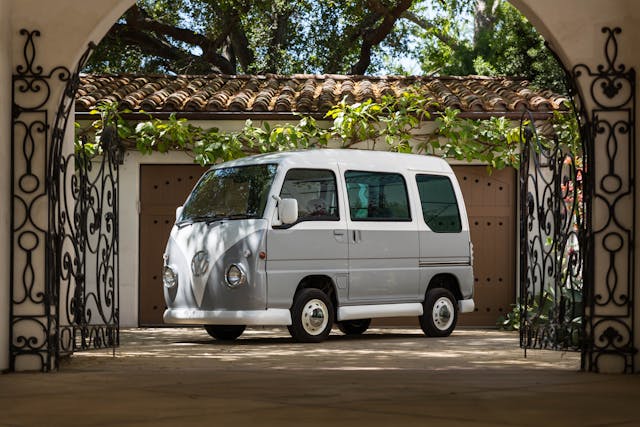
There is a whole subculture around the charmingly tiny kei cars, convertibles, and vans imported from Japan. They’re also becoming increasingly popular over on our side of the Pacific, offering a ton of fun per dollar for JDM fans.
In Japan, vehicles in the kei class are limited by exterior dimensions and engine displacement, and as a result they benefit from cheaper tax and insurance rates. There have been plenty of sporty or at least stylish kei cars over the years, but in the real world most kei cars are boxy vans, and the 1961 Subaru Sambar was the very first kei van/truck platform. The fifth-generation Sambar was built from 1990–99 and followed mostly the same recipe as the original with the 660-cc engine out back, the driver on top of the front axle, and a lot of space in between.
Kei vans are distinctive enough here in the States, but there is also a popular kit to make your Sambar look like a VW Transporter that shrunk in the wash. This one has a presale estimate of $15,000–$20,000 and sadly has the automatic rather than the available five-speed manual transmission. The Subie won’t get up to any speed much faster than the limit on the highway, but that’s all part of the fun. If a genuine VW bus is more your thing, there is also a 1962 Westfalia Camper in the same auction, but it has an estimate of $85,000–$100,000.
1984 Zoe Zipper

Zoe Zipper may sound like a kids’ show character, but in the mid-1980s this three-wheeled minicar was supposed to be the “dawn of a new technological era in transportation,” according to a company brochure. Zoe Motors was a California-based outfit “riding on the leading edge of technology,” but Zoe didn’t actually build its minicar of tomorrow. It just got naming and distribution rights for a three-wheeler that was already built in Japan by Mitsuoka Motors. The Zipper could be registered and insured as a motorcycle in the U.S., and it was powered by a 50-cc Honda bike engine. The minicar was available as both a convertible and a coupe, and Zoe claimed 112 mpg from its sub-400-pound three-wheeler.
The problem with the Zipper was twofold: practicality and price. With 50 cc to work with, it was slow, and the cockpit only had room for one human being. (Even a Vespa can carry two people.) When it came to price, the Zipper only cost a bit less than a Yugo, which, despite all the usual Yugo jokes, looks like an Escalade compared to the little Zipper. The Zipper was a flop, and its only real claim to fame is that back in the day you could win one as a prize on The Price is Right.
This example doesn’t run or drive. It has a faded interior, and there are stress cracks in the fiberglass body, but this is a simple little car and it’s all fixable.

